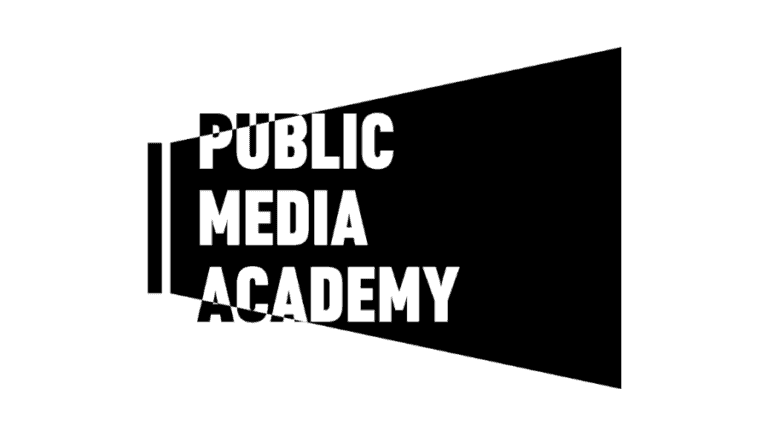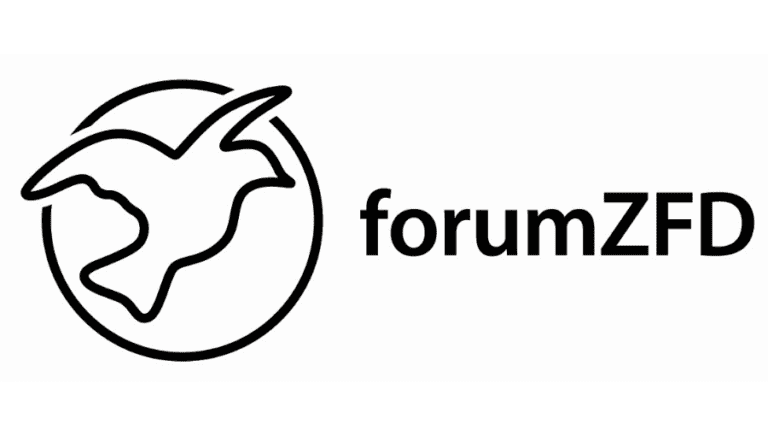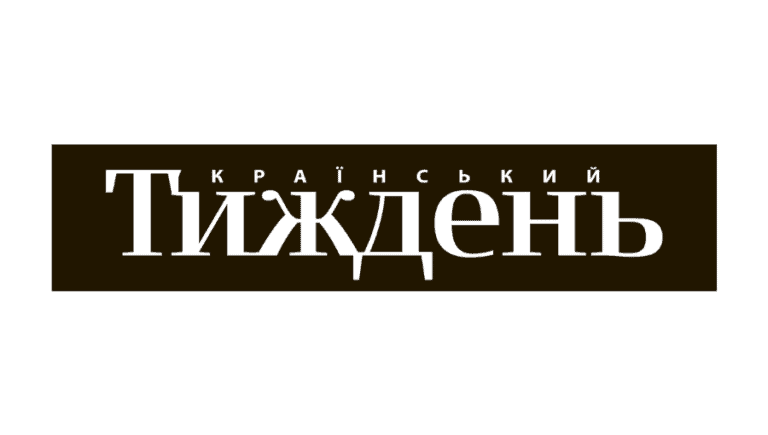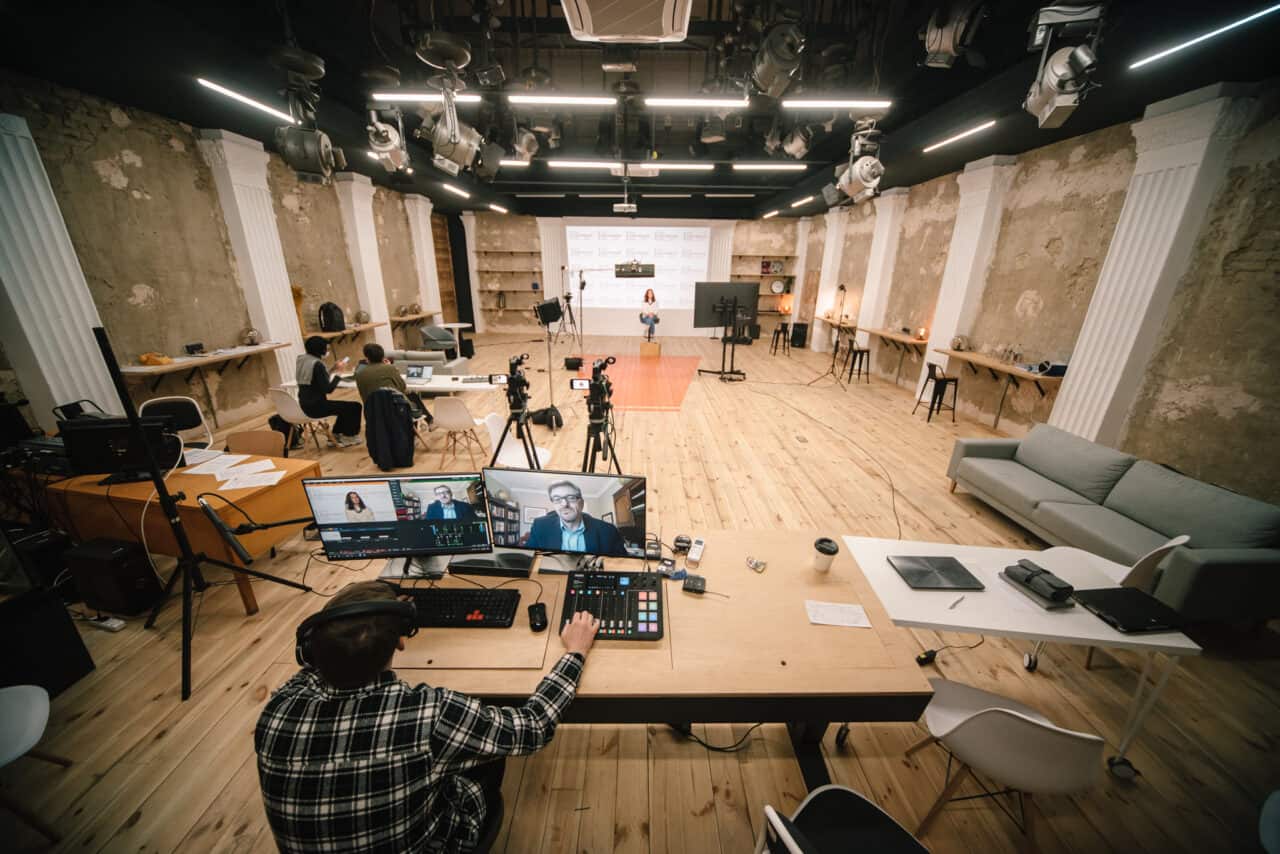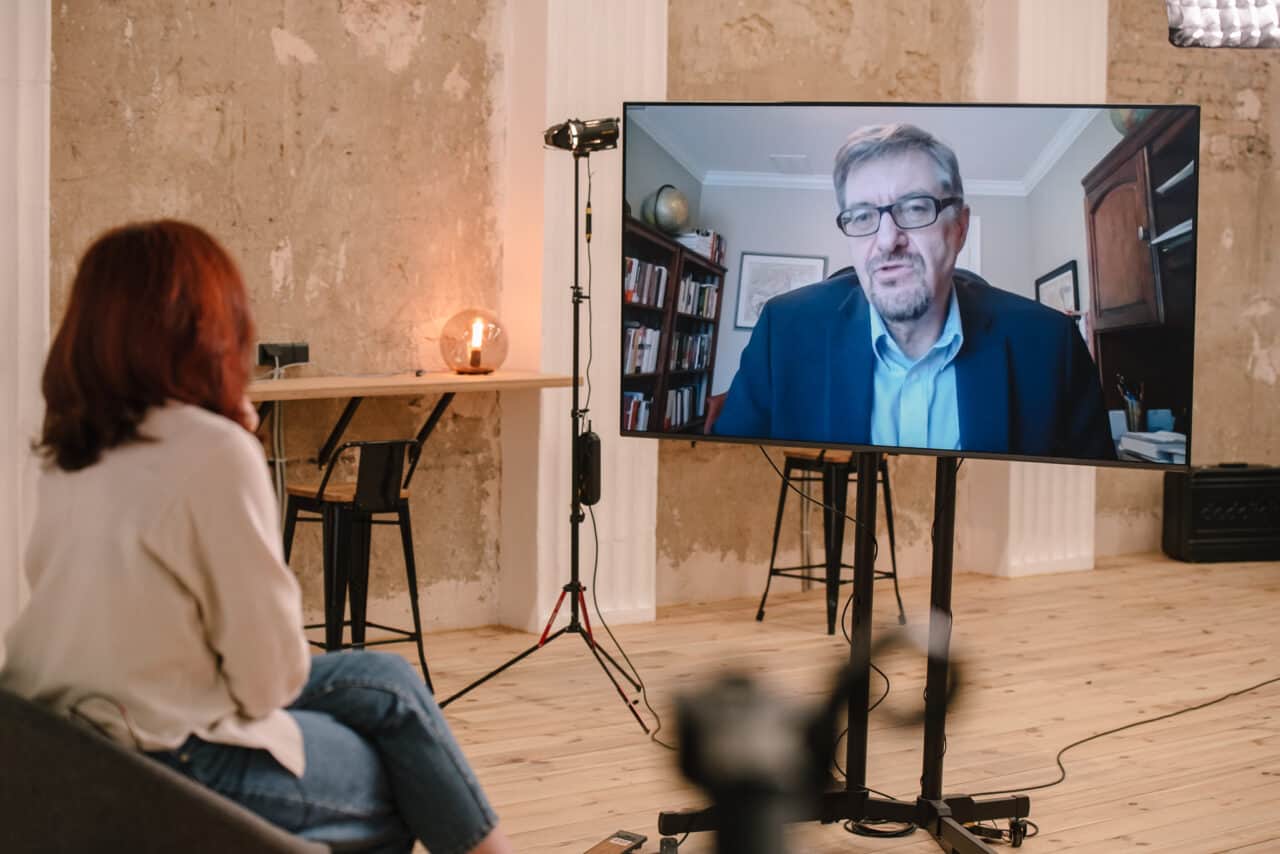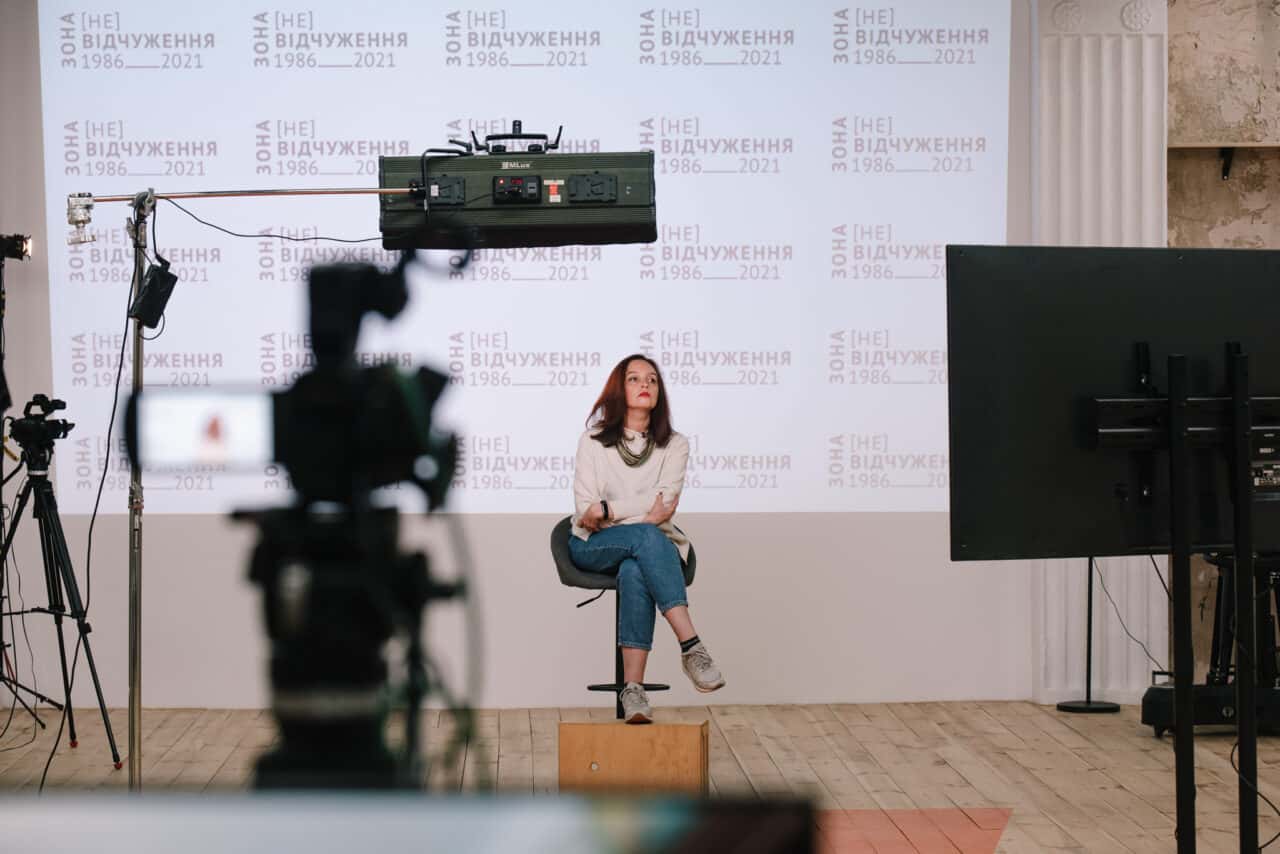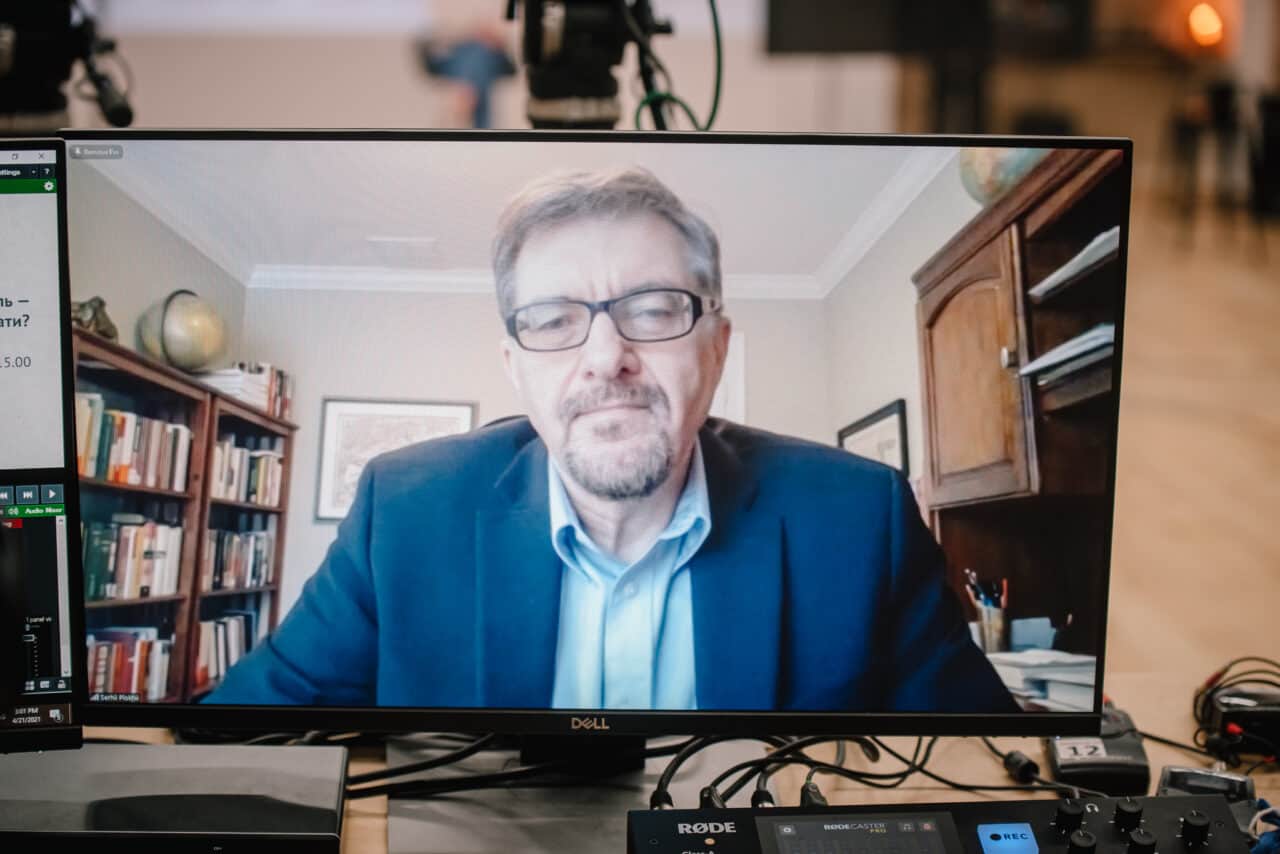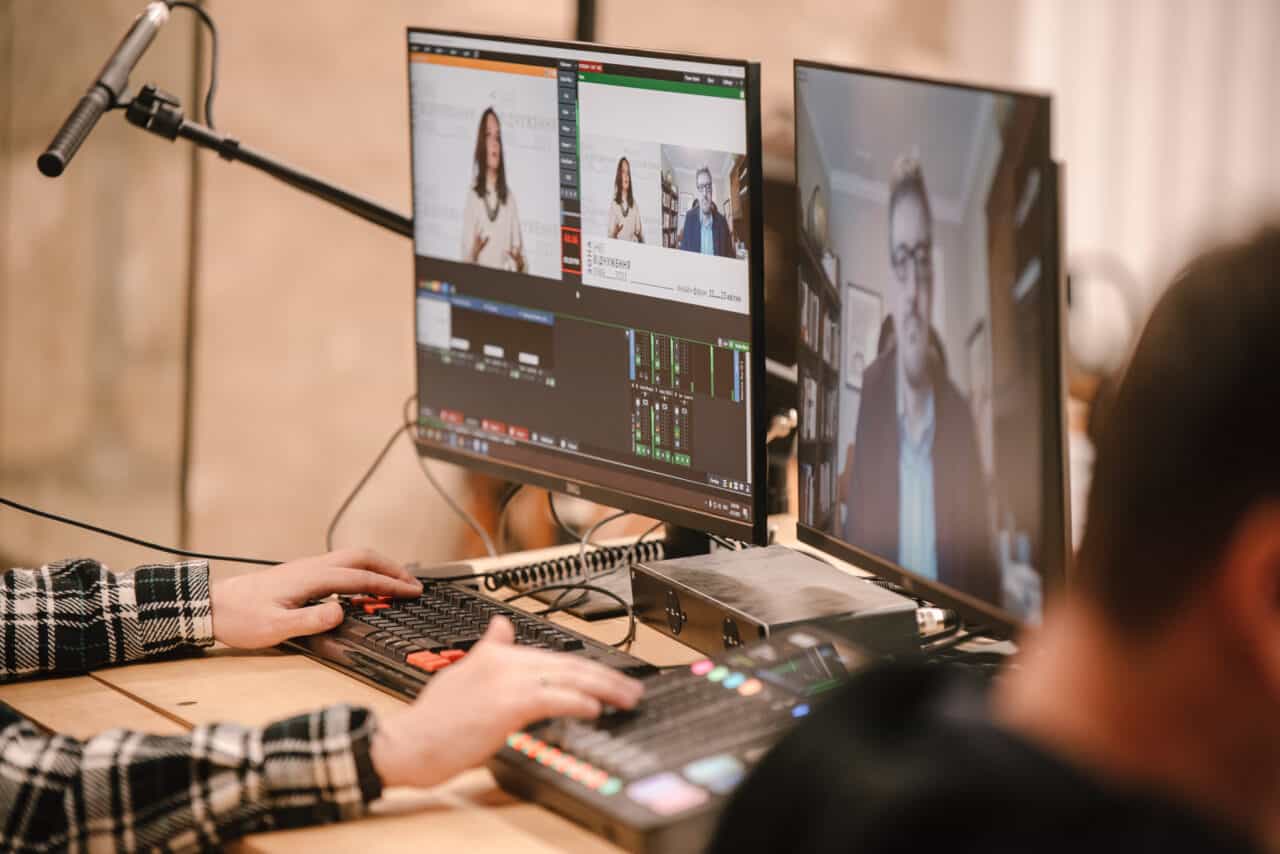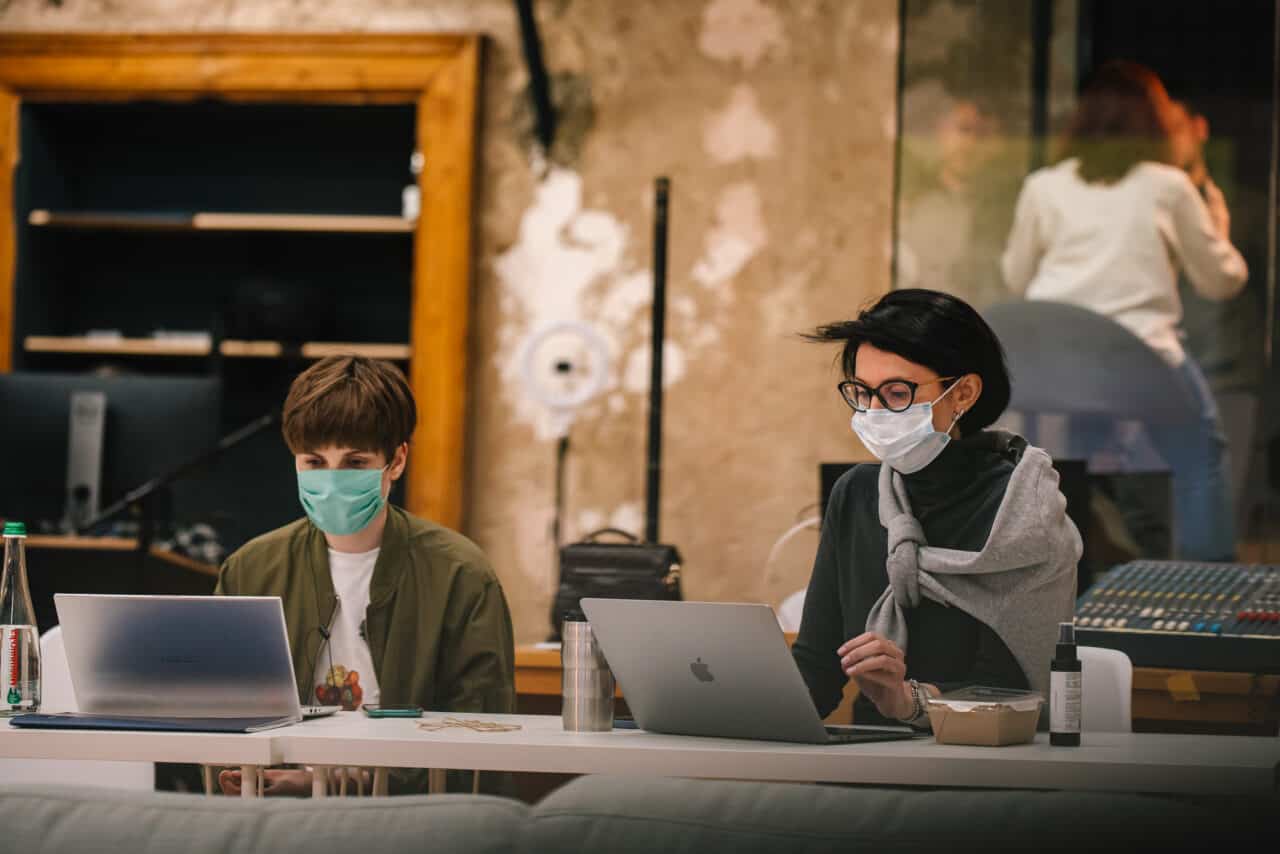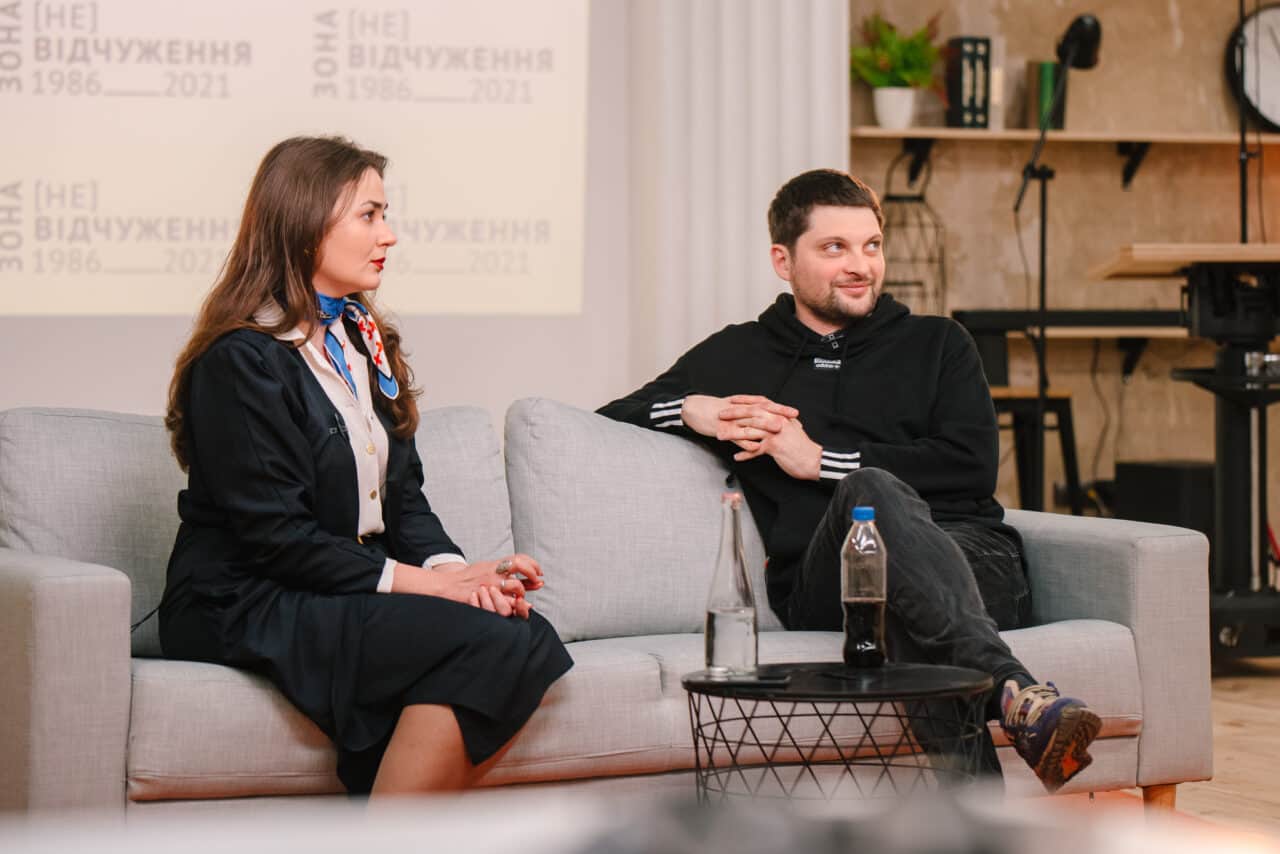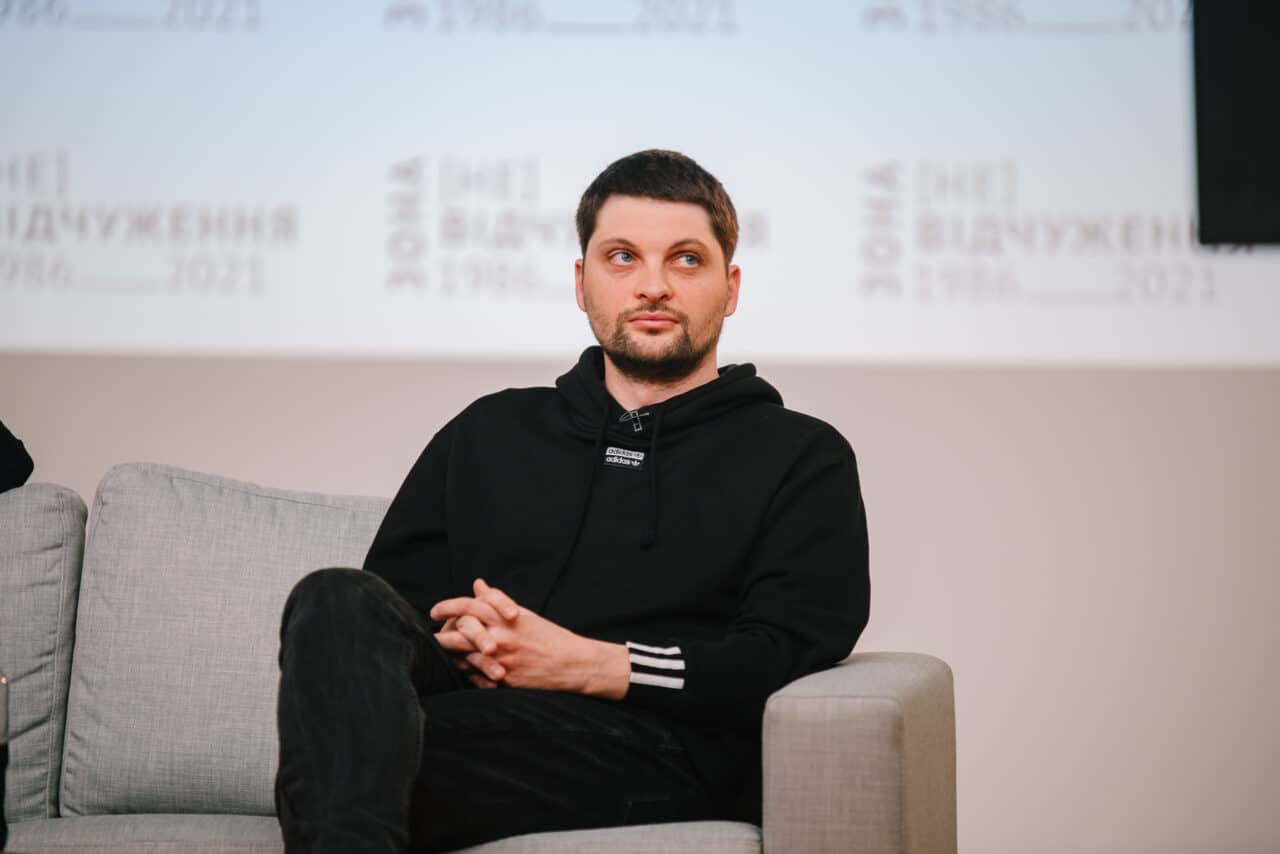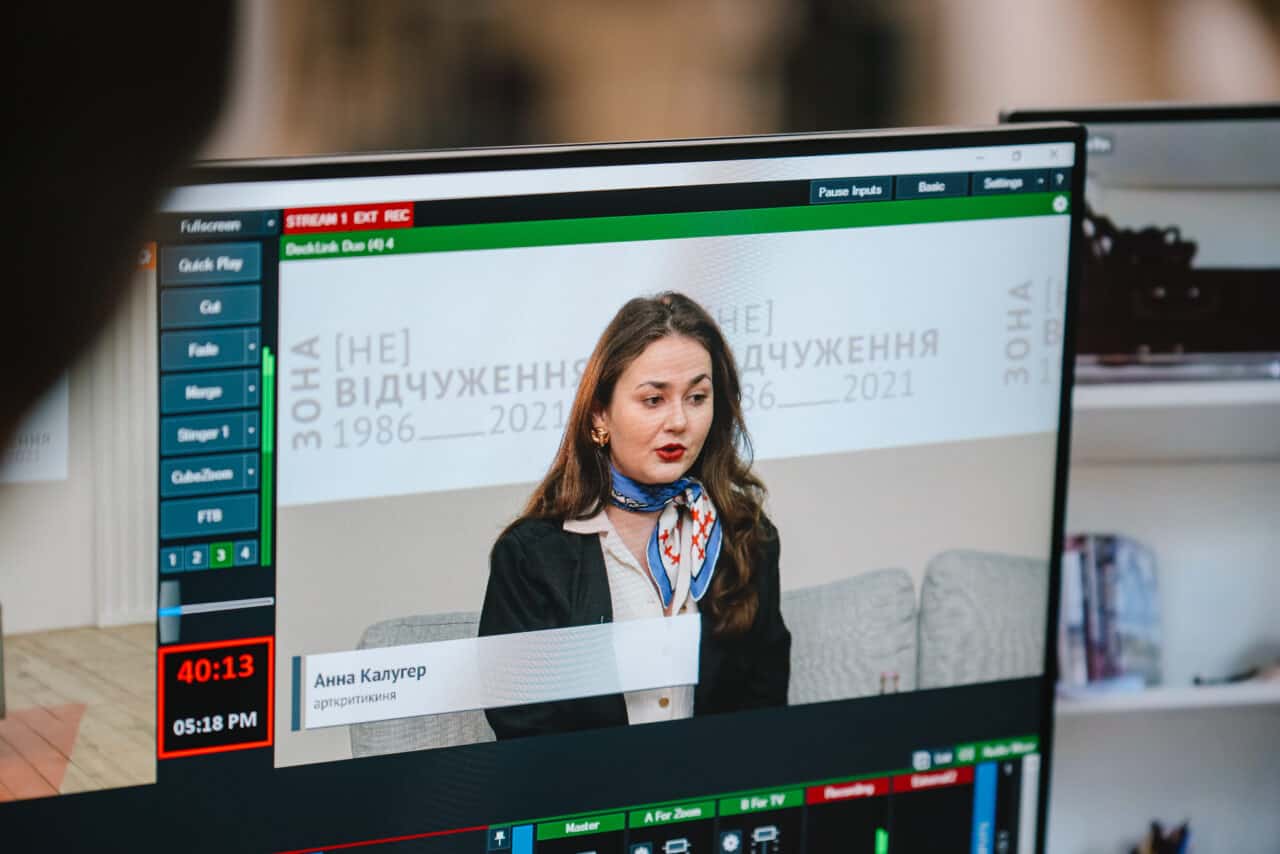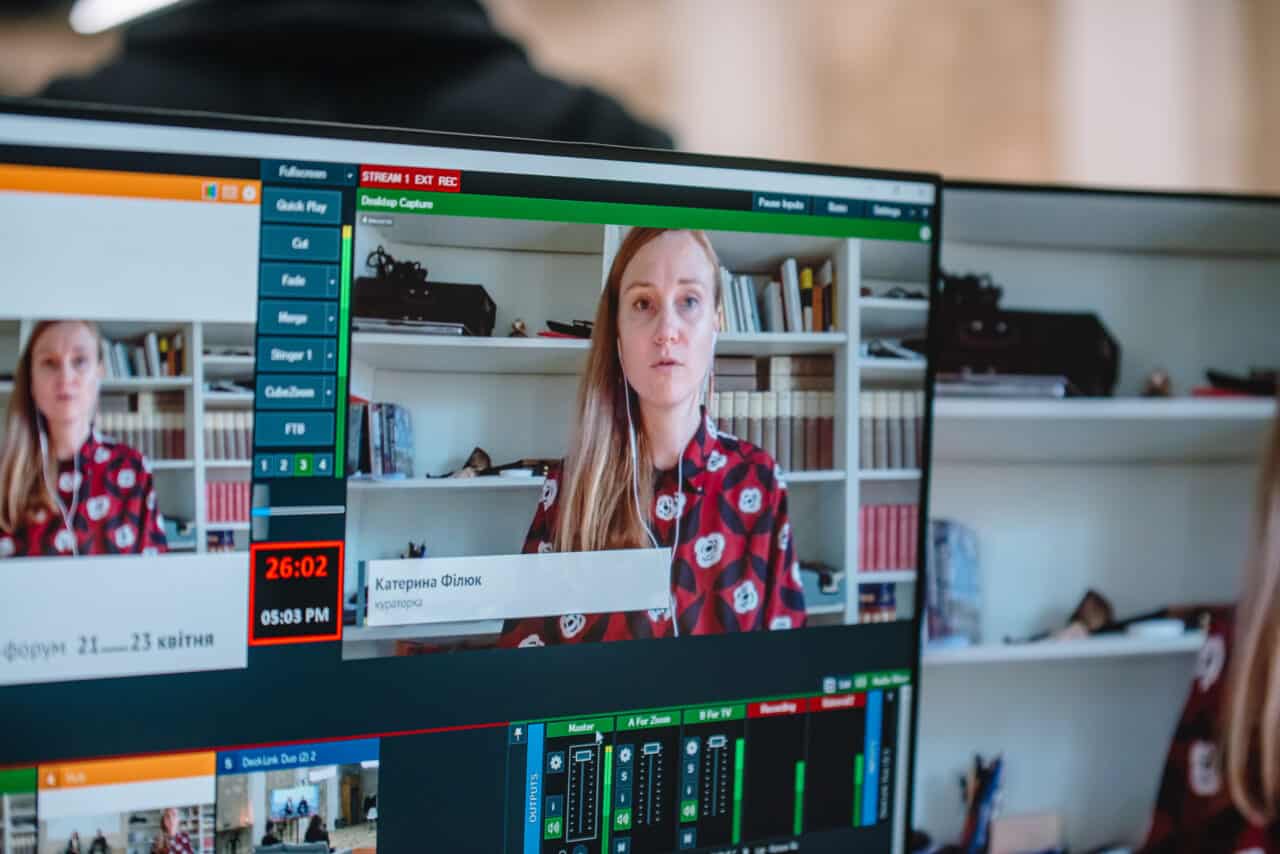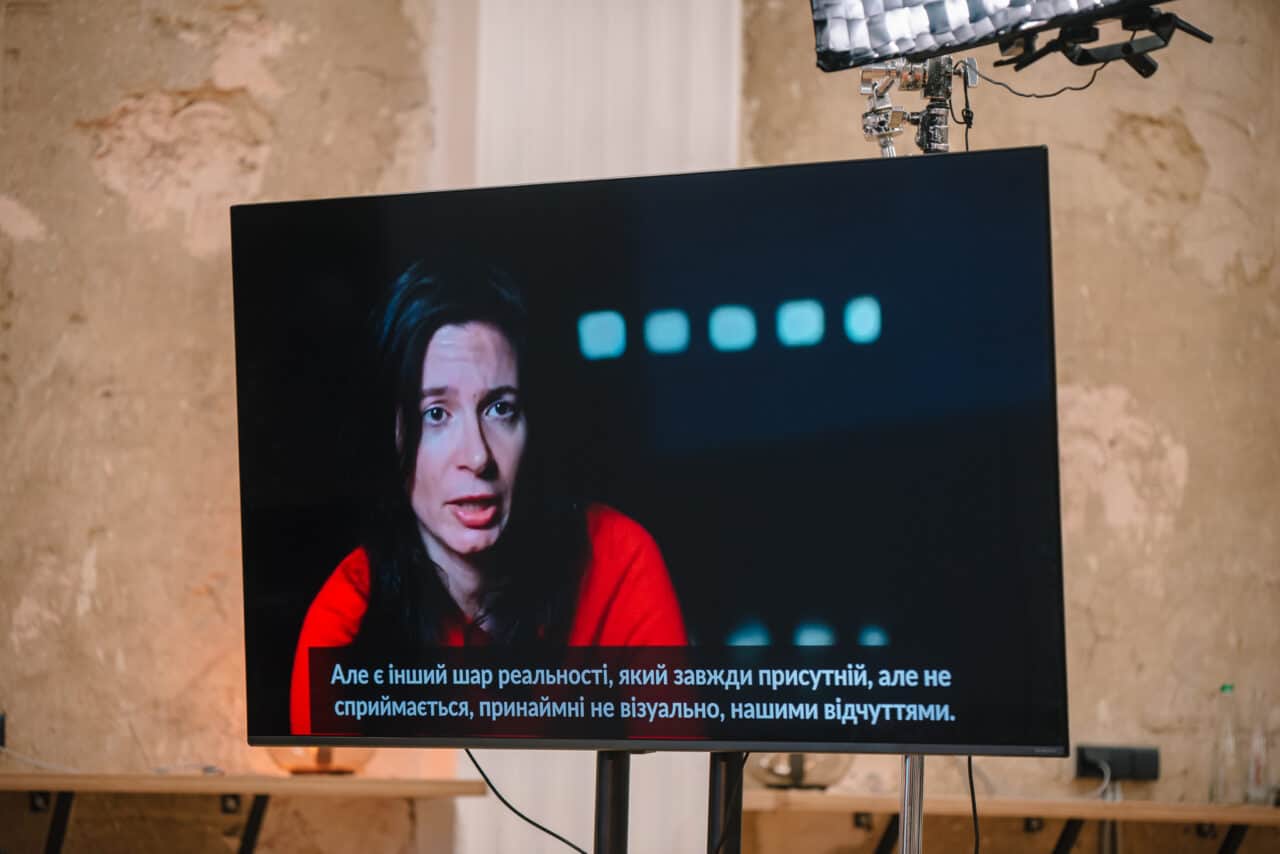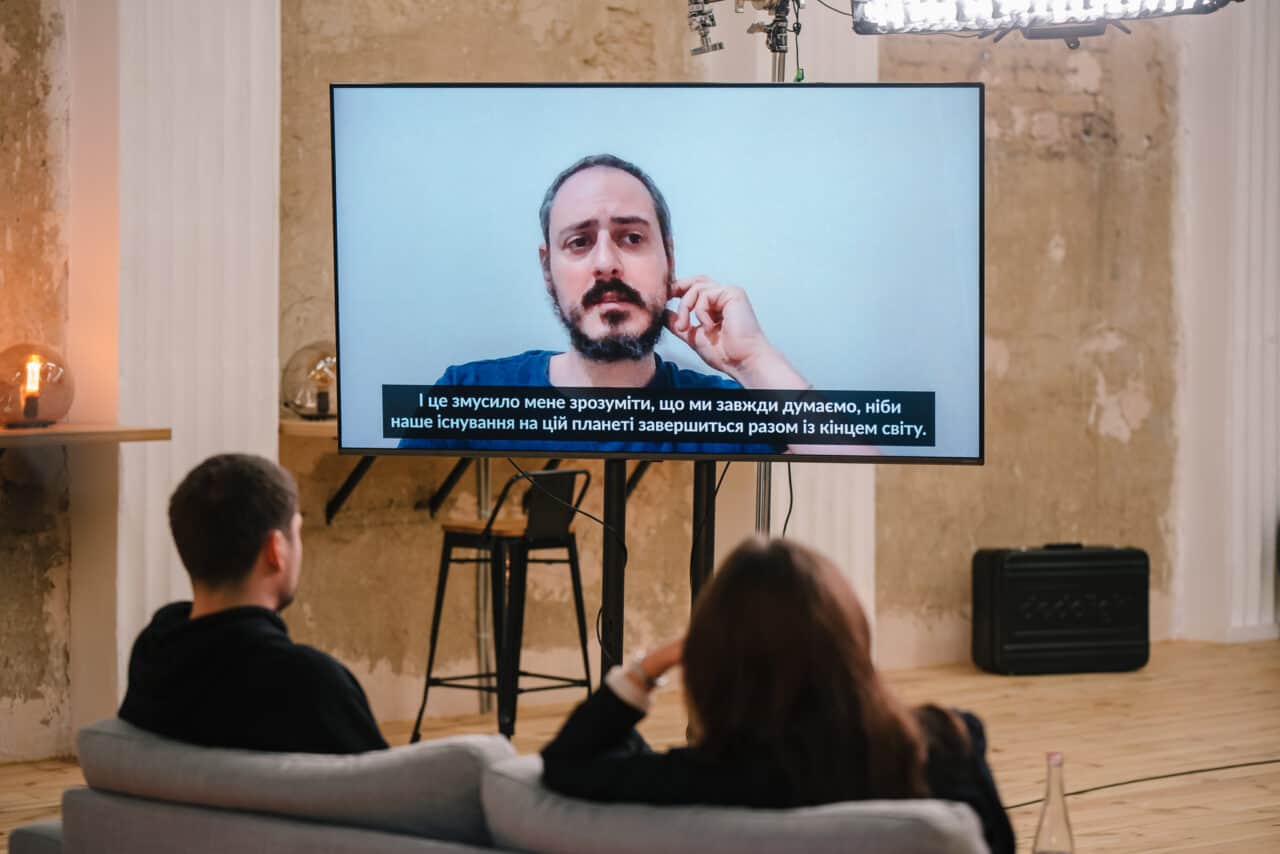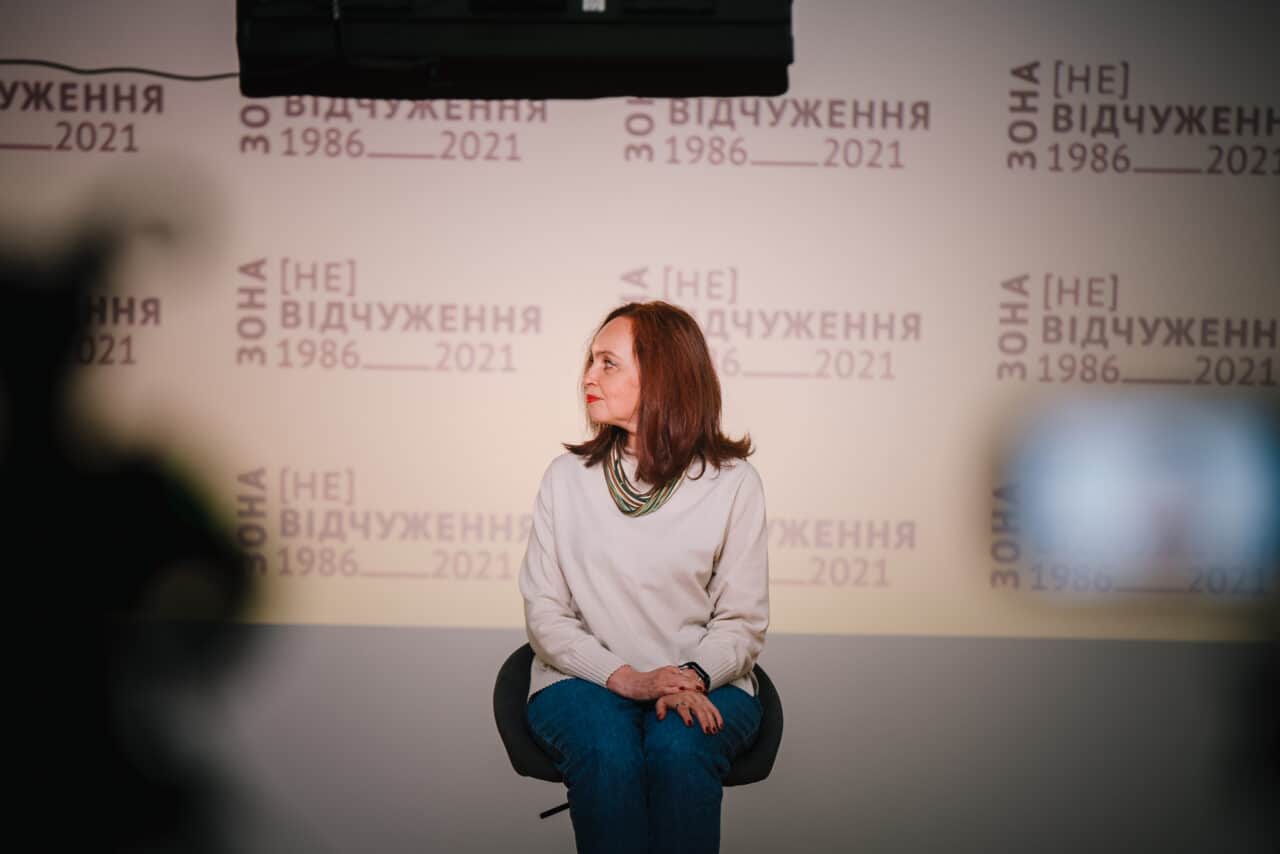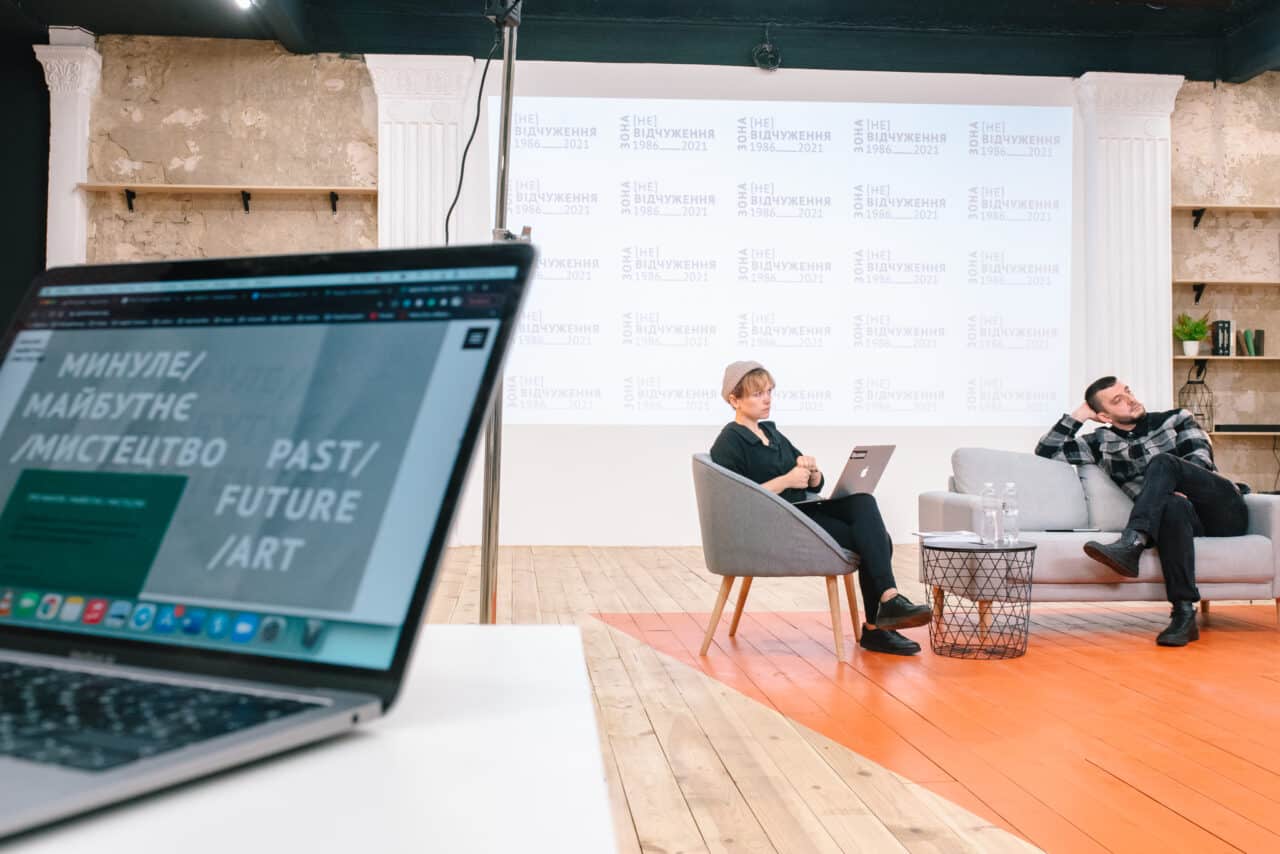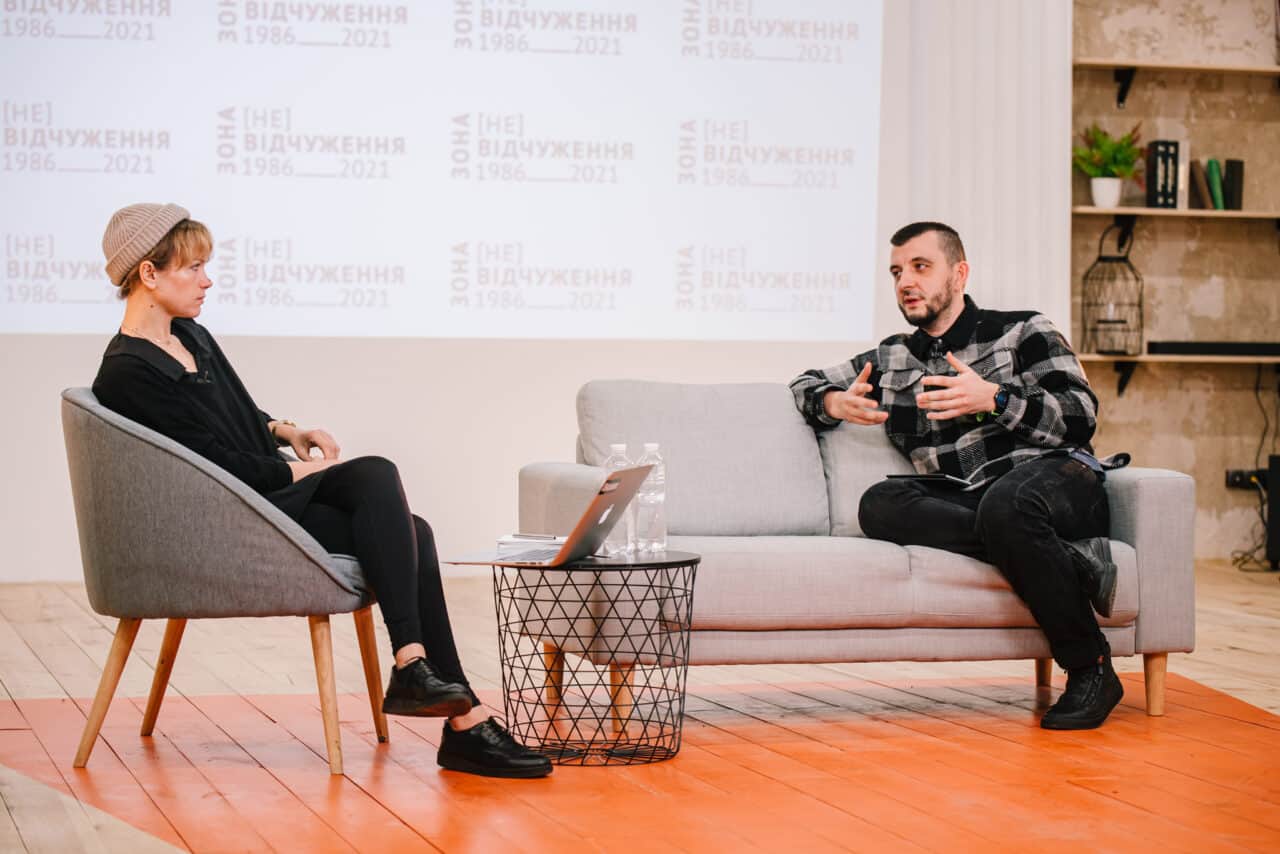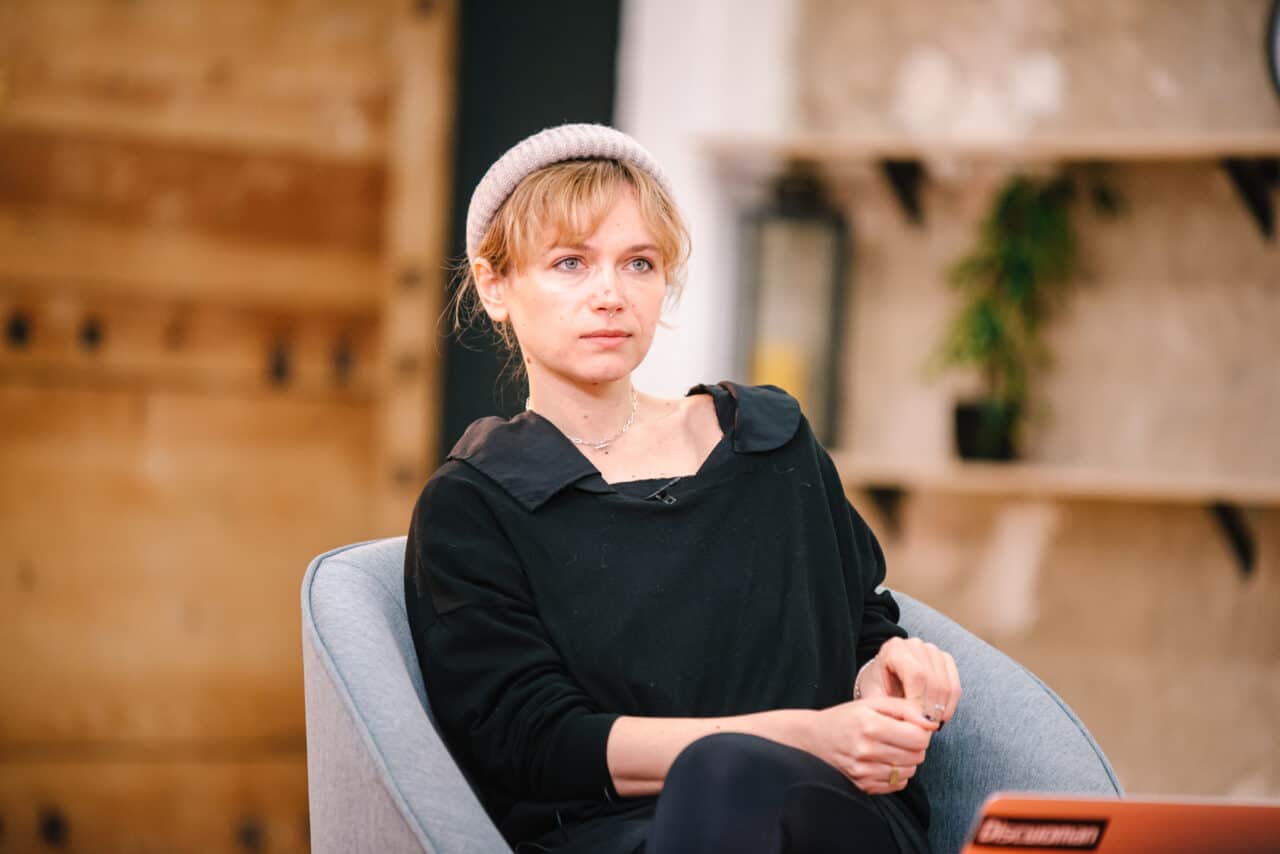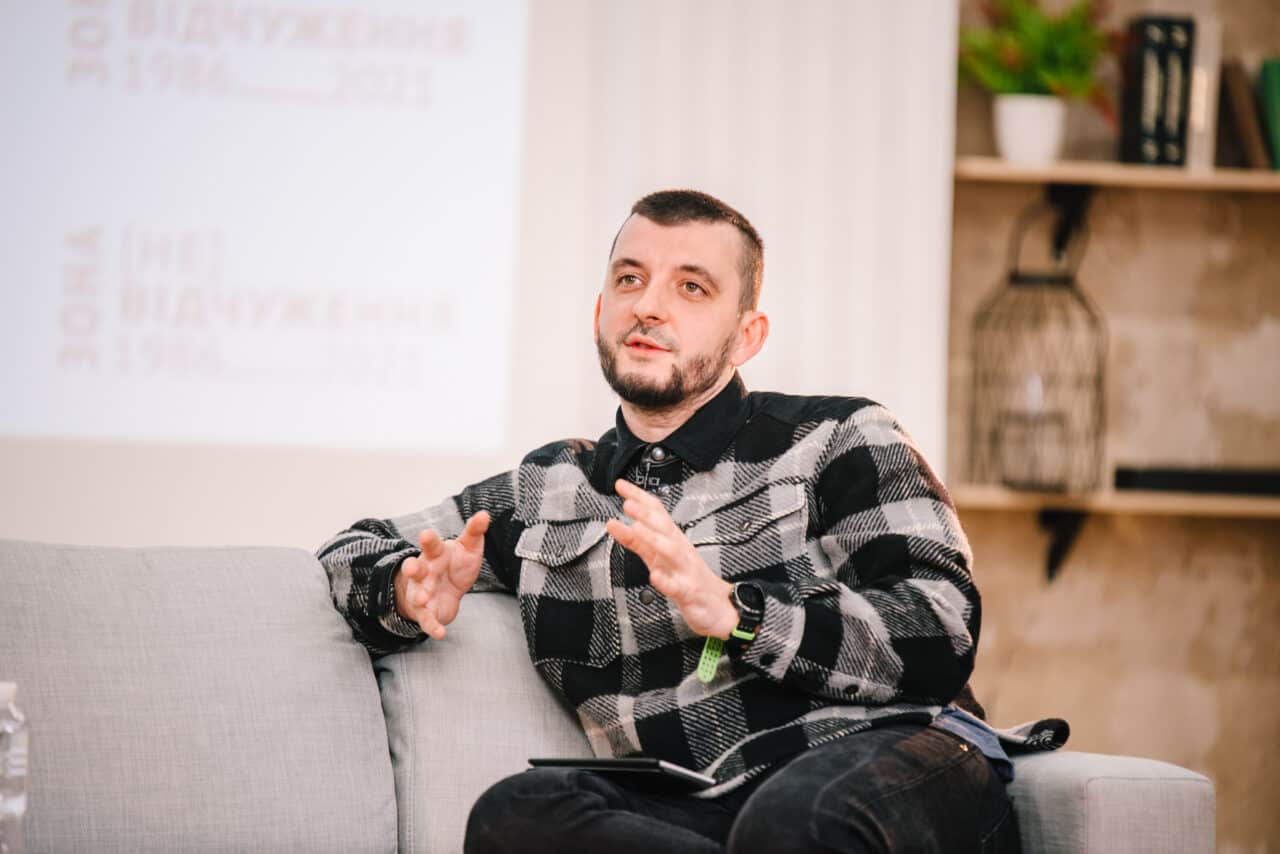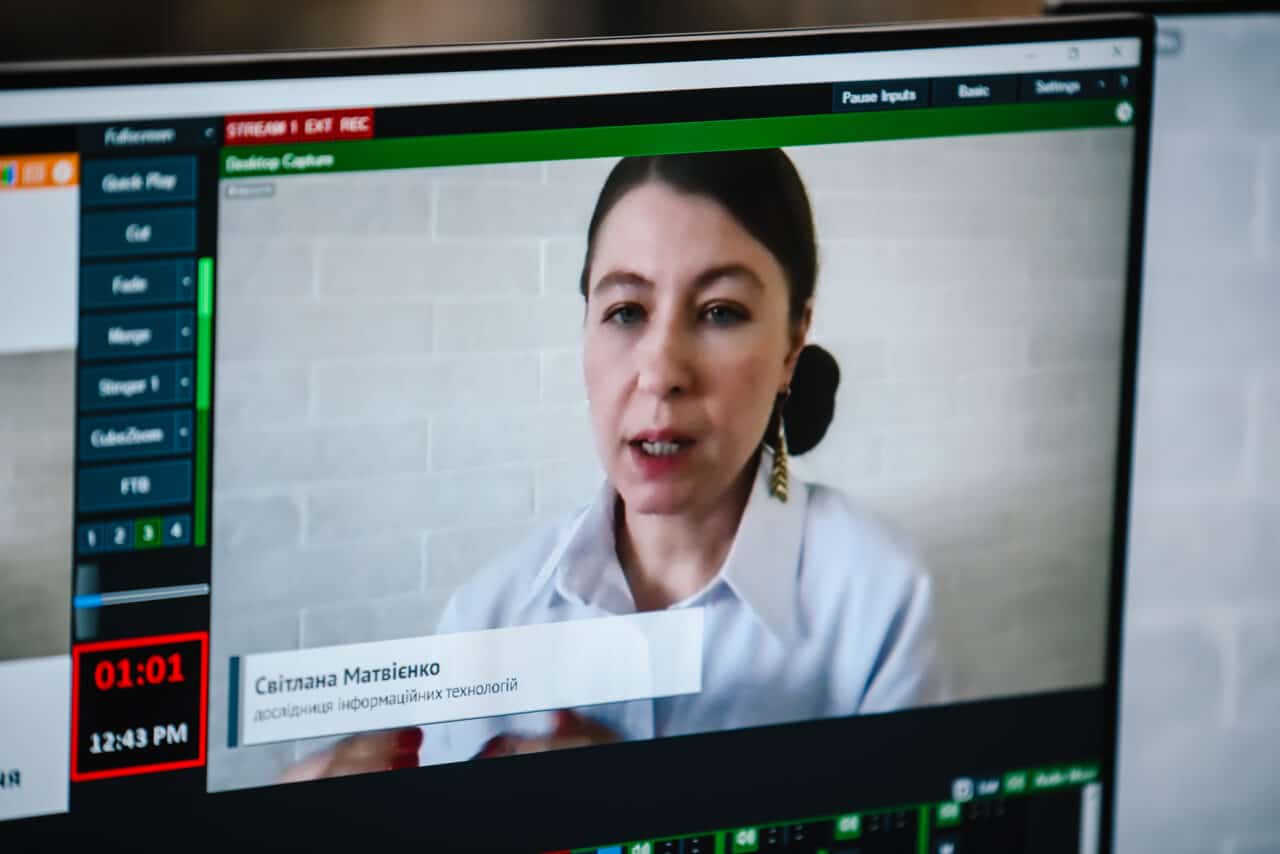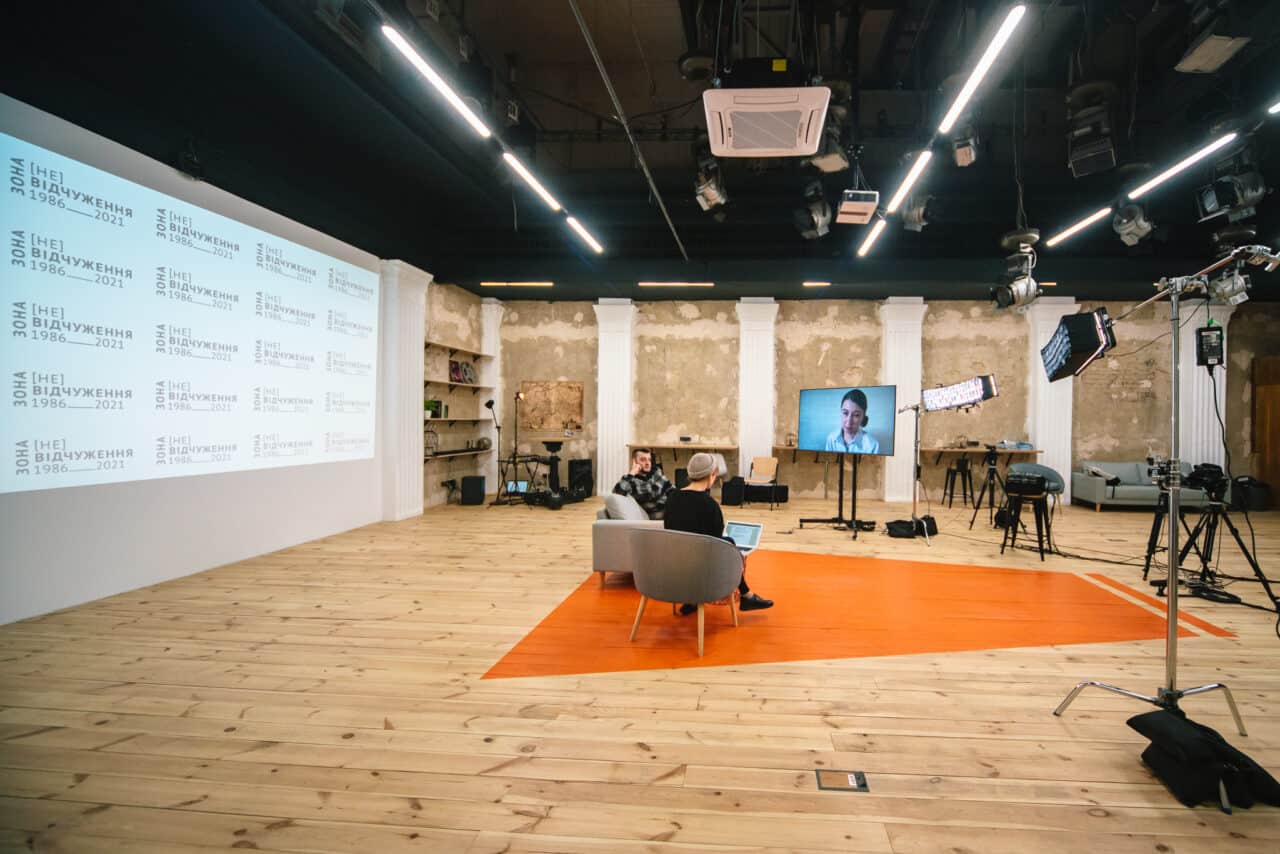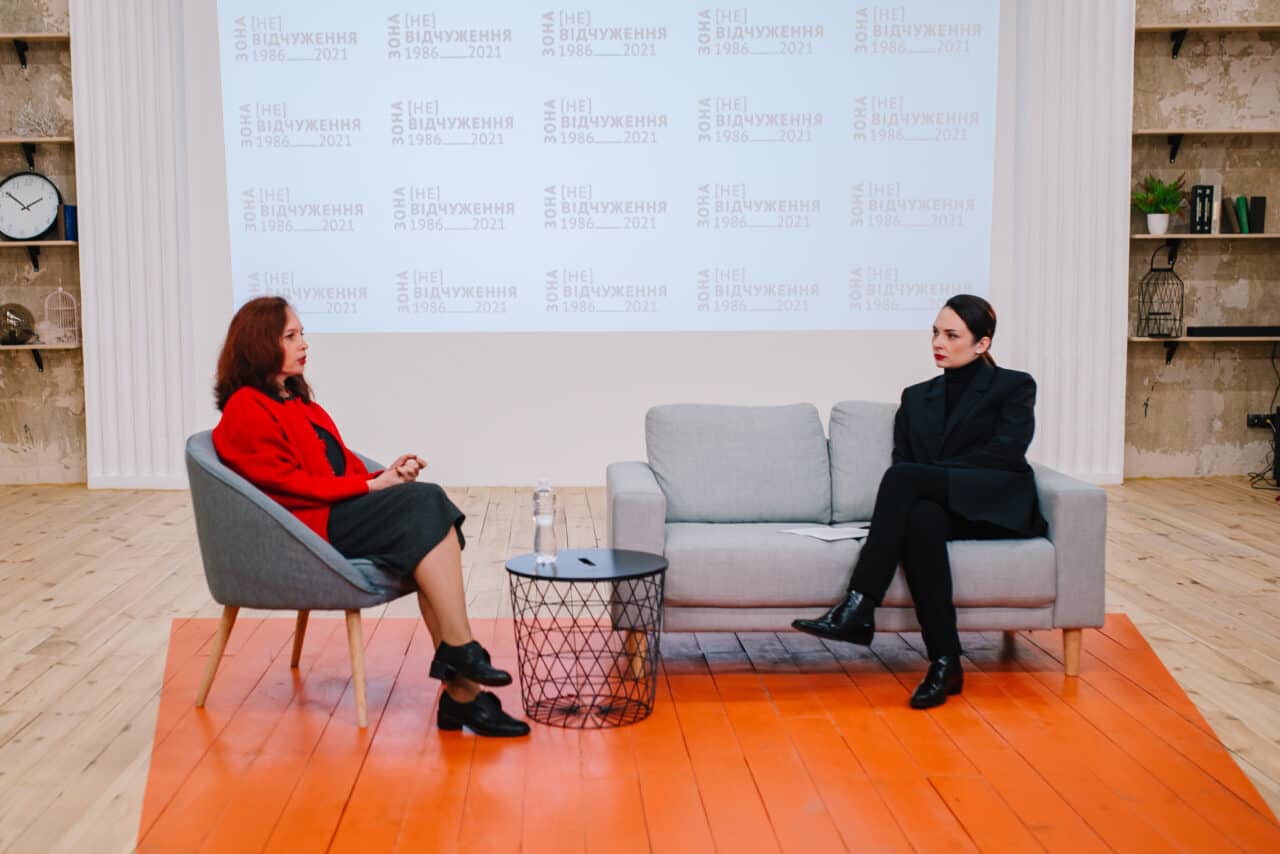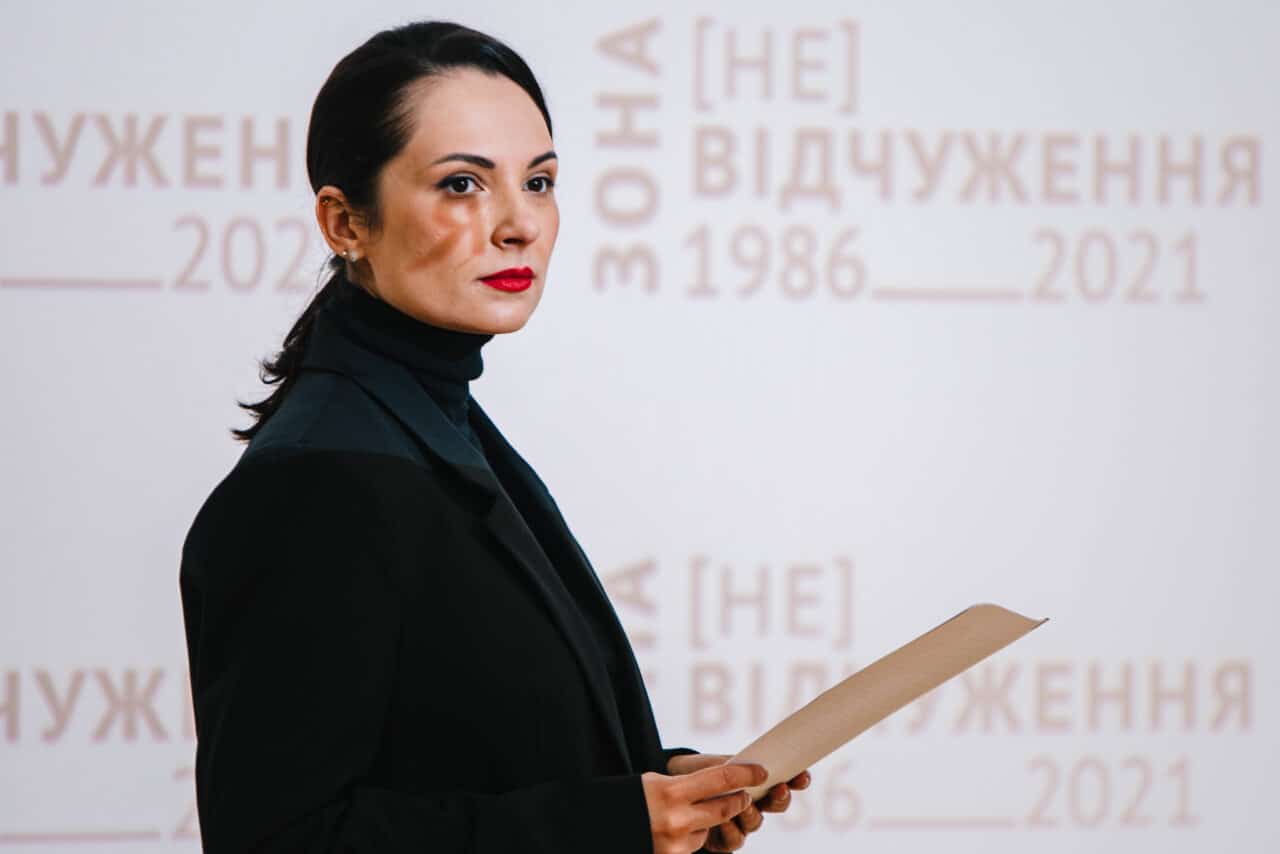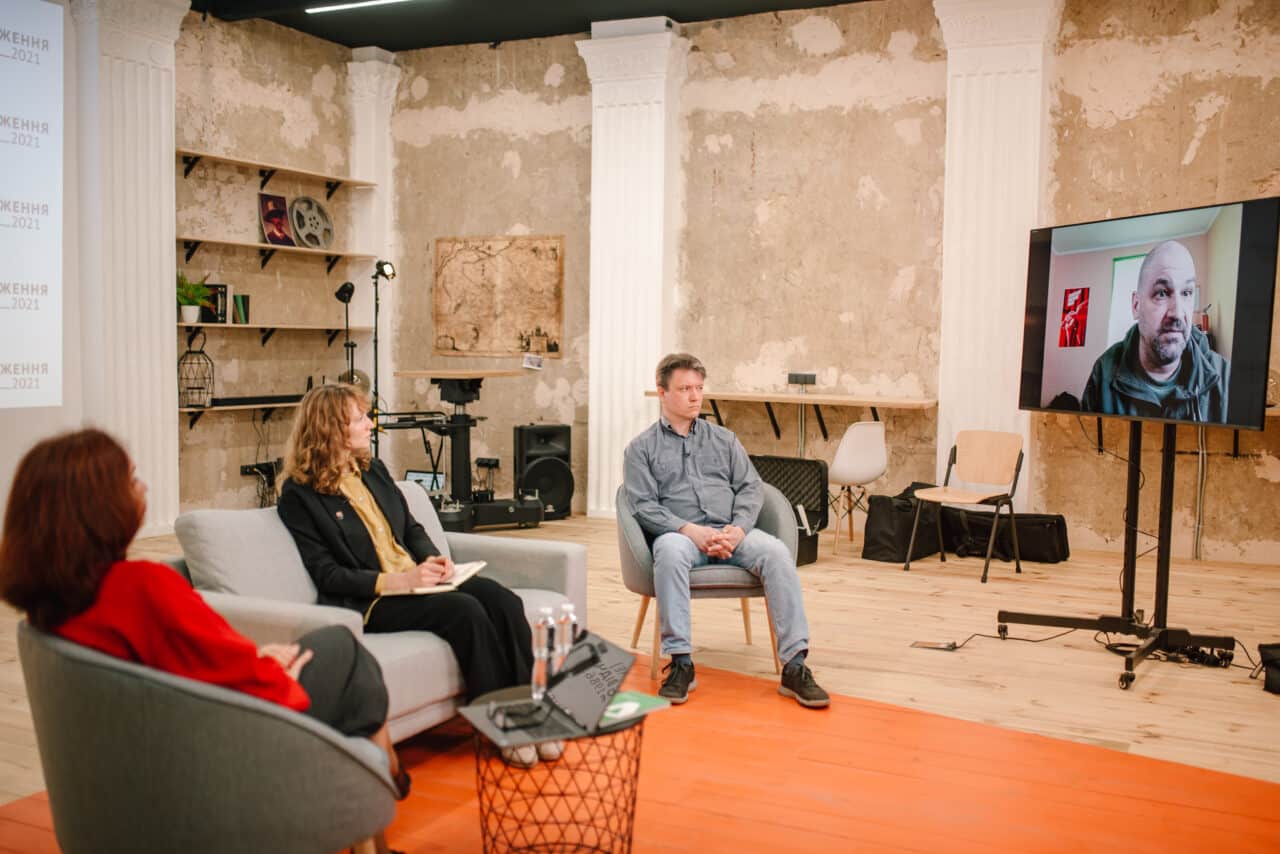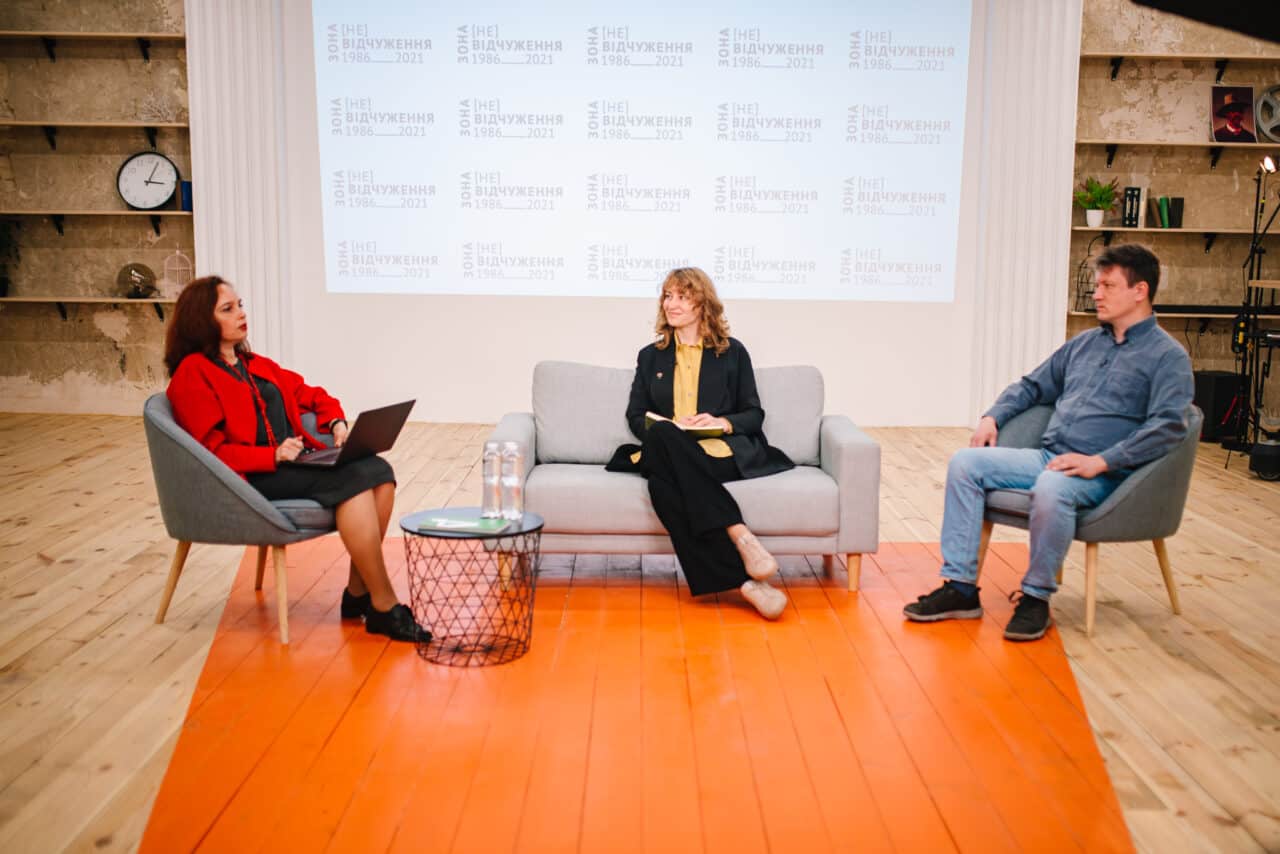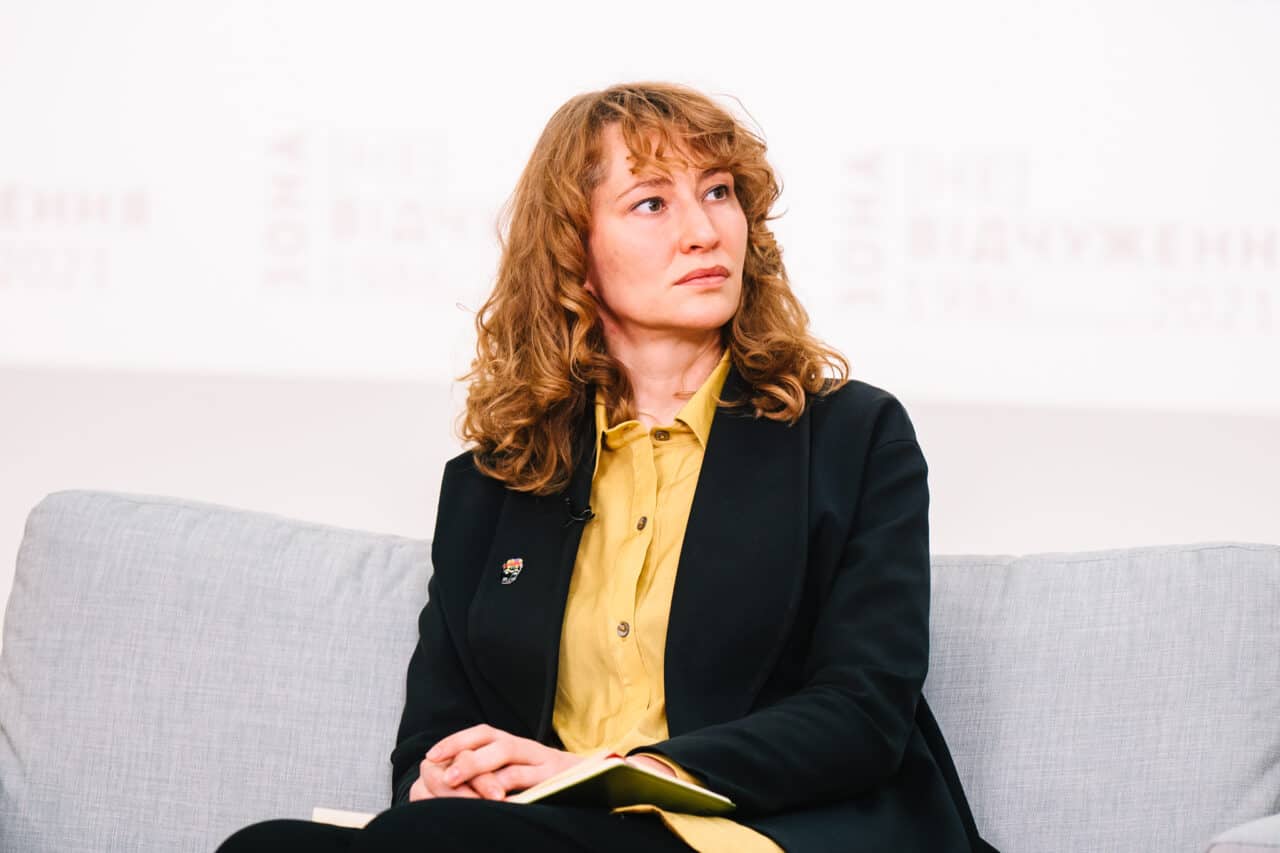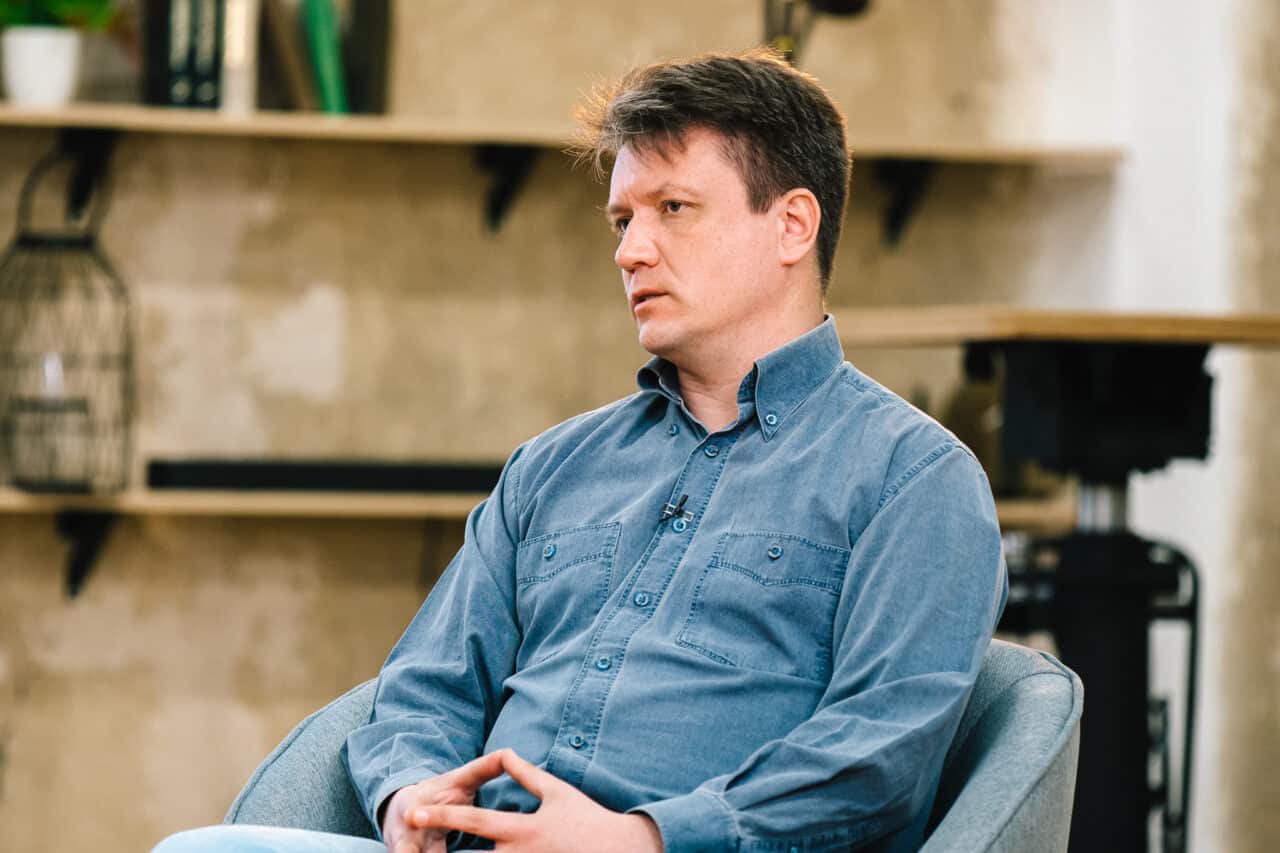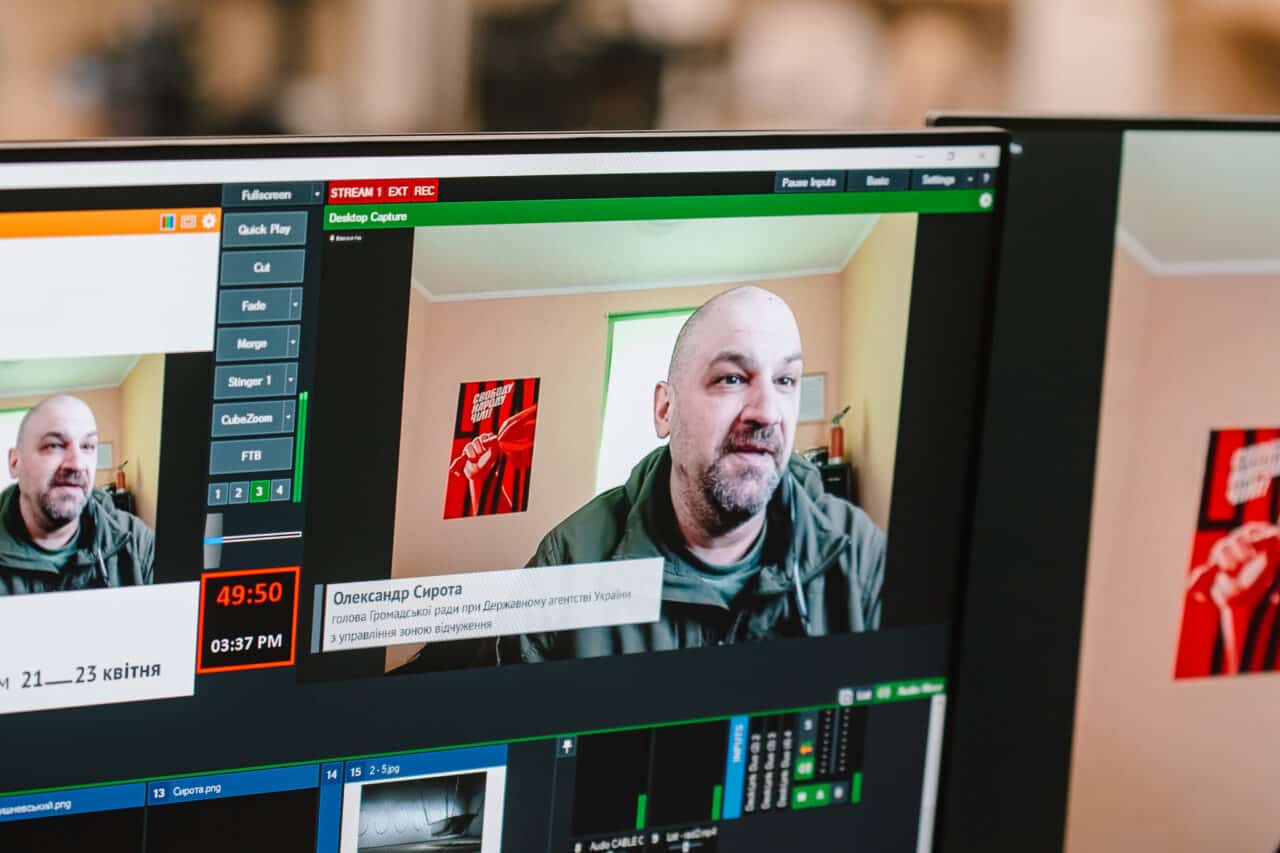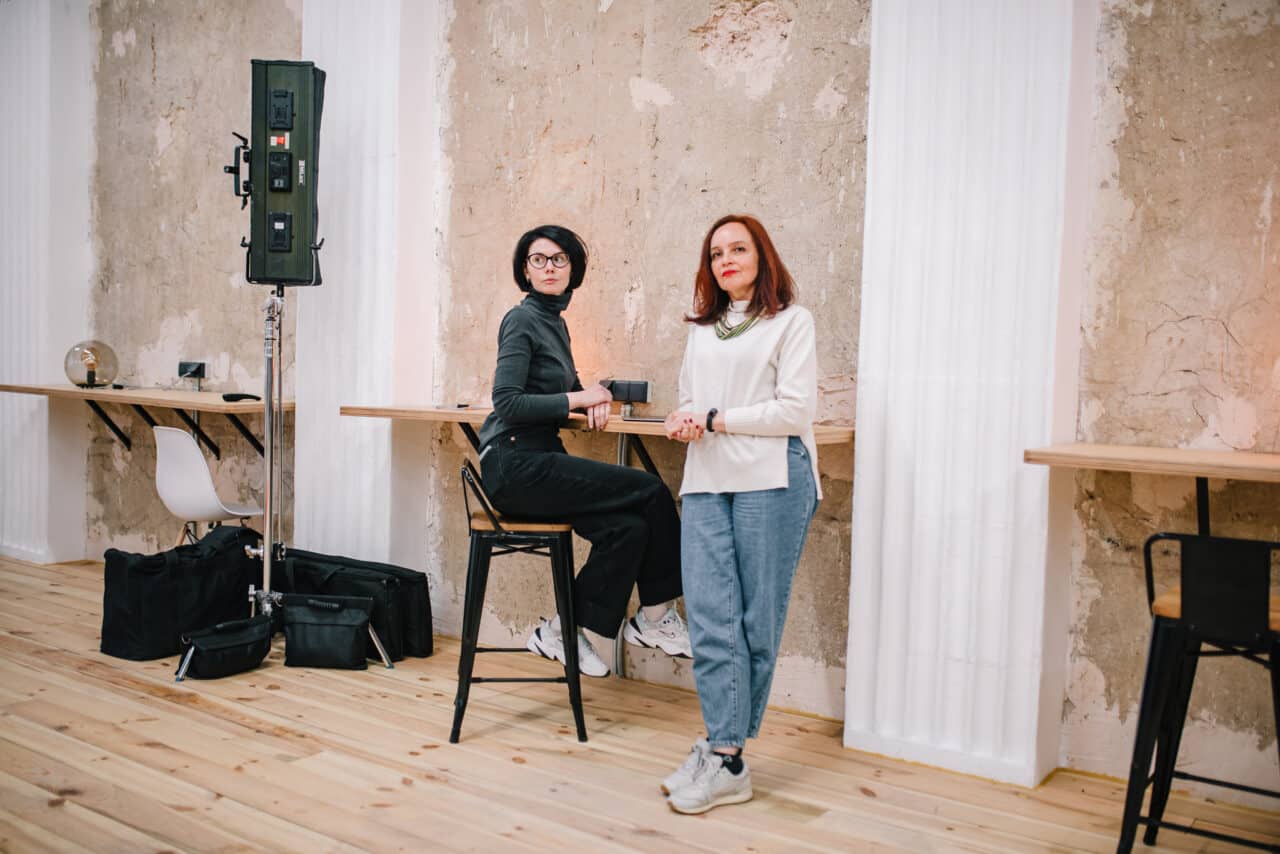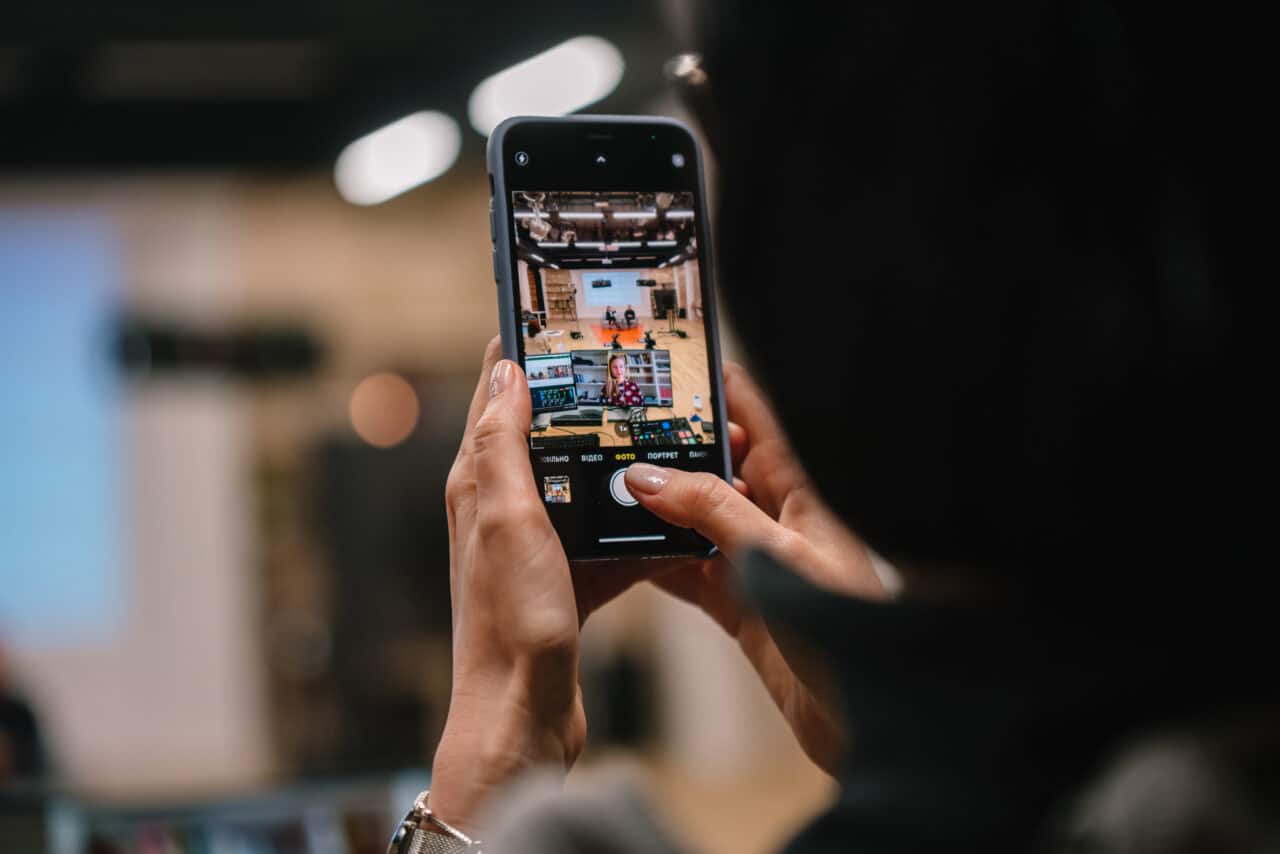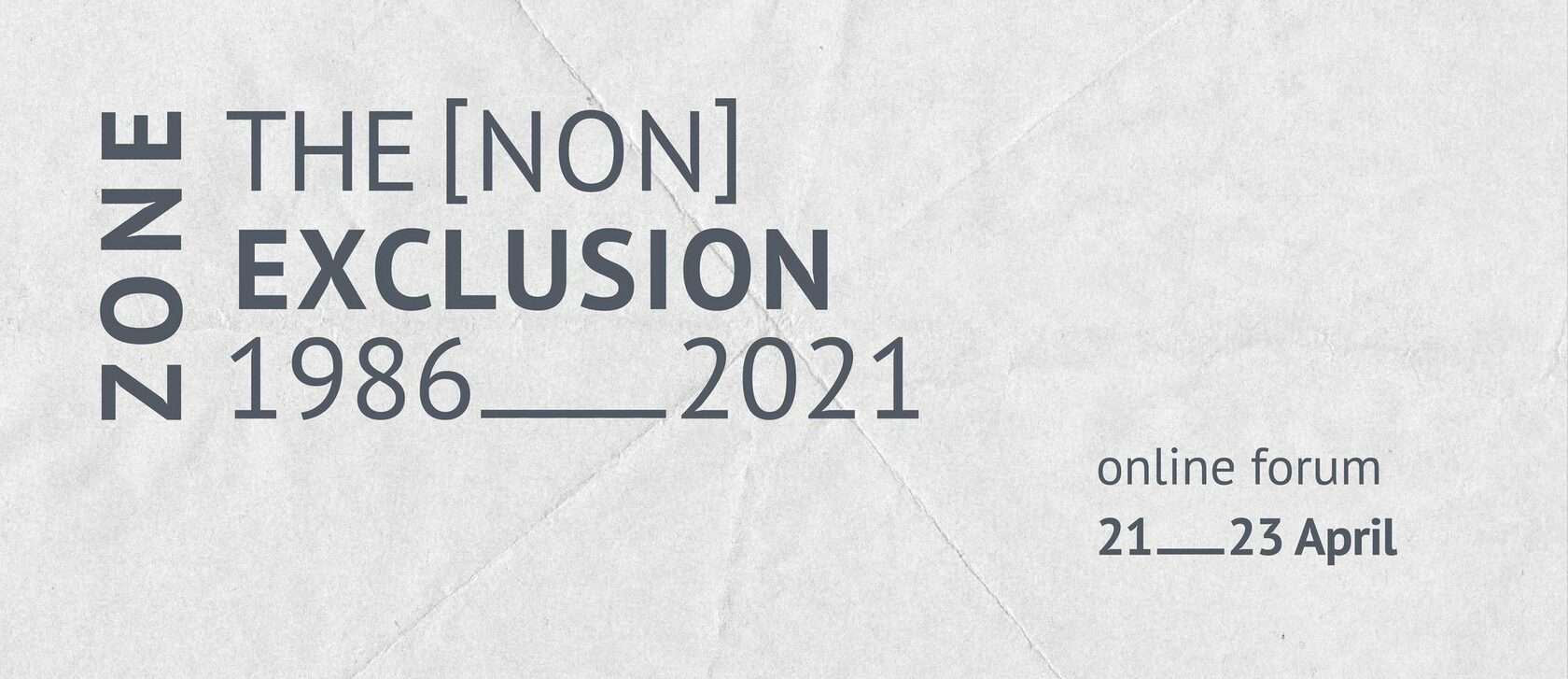
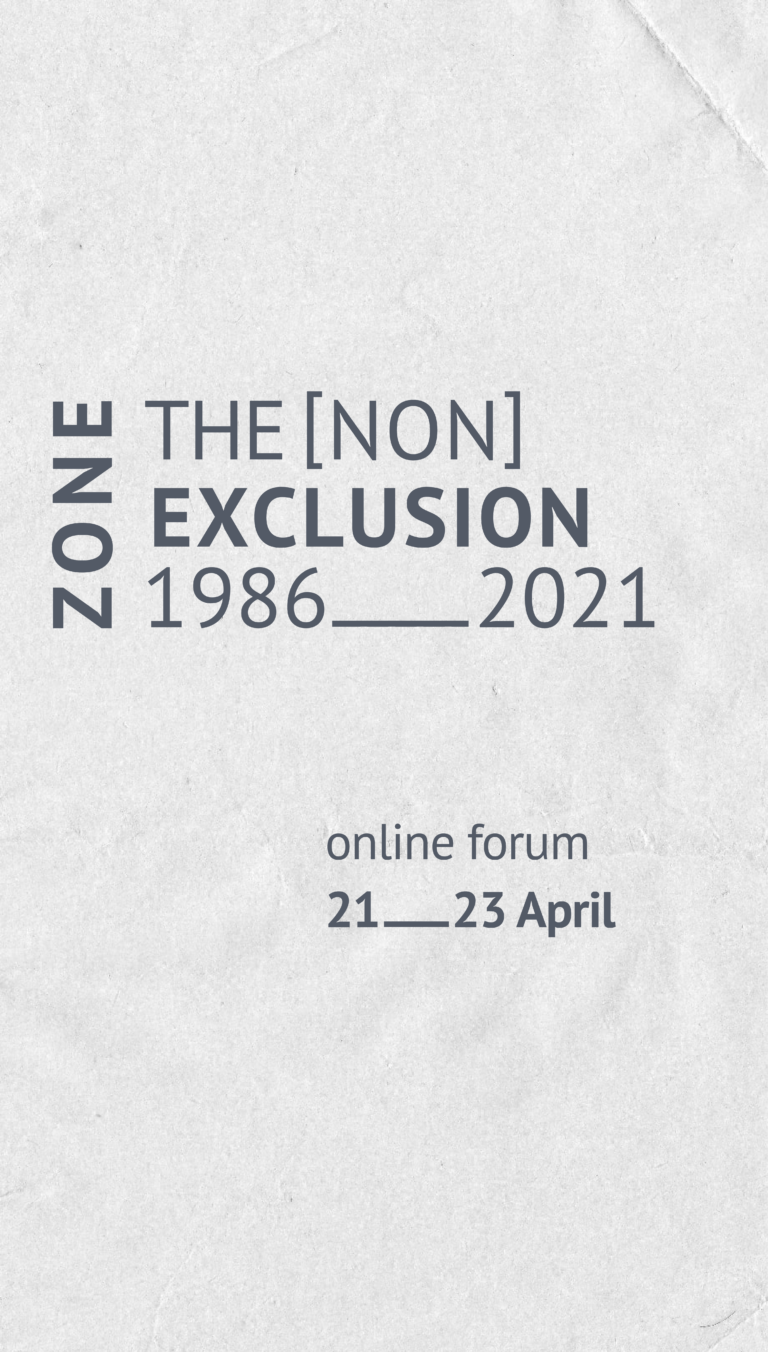
WHAT IS IT? ________
The forum “The (non)Exclusion Zone” is a public event organised by the cultural memory platform Past / Future / Art, which was the first step in discussing the concept for the commemoration of the Chornobyl tragedy in Ukraine and the development of the Exclusion Zone. The forum brought together specialists from various spheres to discussions focused around the commemoration of the Chornobyl disaster.
IT IS NOT ANOTHER EVENT “FOR THE DATE”, BUT AN ATTEMPT TO QUALITATIVELY REBOOT COLLECTIVE MEMORY ABOUT CHORNOBYL
We have initiated a public debate because the memory about Chornobyl can only be rebooted through a broad discussion. Therefore artists, researchers of the Zone, curators, representatives of public institutions, climate policy specialists, and historians were invited to participate.
The event addressed the global lens to the vision of Chernobyl, the transformation of relationship between human and non-human forms of life. It looked at how art has worked through the experience of tragedy, how not to primitivise the memory about it, as well as how to avoid cliches and meaningless representations of it. Much has been lost in the past 35 years, but now is the right time to work out a new vision together so that we could move into the future.
FORUM PROGRAM_______
MEMORY ABOUT CHORNOBYL — HOW TO WORK WITH IT?
21 April 15:00
The memory of Chornobyl is one of the most amazing places in the landscape of Ukrainian memory. Everyone knows and remembers the tragedy, but in so many different ways. At the invitation of the Ministry of Culture and Information Policy of Ukraine, a group of researchers developed an official concept for the commemoration of the Chornobyl tragedy in Ukraine and the development of the Exclusion Zone.
The concept was reviewed by Serhii Plokhii, author of one of the most profound studies of the history of the Chornobyl disaster. In a conversation with Oksana Dovgopolova, coordinator of the working group on creating the concept, the researcher shared his thoughts on how to work through the memory of the tragedy today, 35 years after the disaster. What problems or dangers exist in today’s narrative? What are the value frameworks into which the memory of the tragedy is being fitted in?
THE CHINA SYNDROME IN ART: WHERE DOES THE MEMORY OF CHORNOBYL LEAK IN CULTURE
21 April 17:00
Participants: Serhiy Klymko, curator, journalist, Anna Kaluger, art critic, researcher of theory and history of criticism, Alice Miceli, artist, Gian Maria Tosatti, artist.
The participants recalled the metaphor of “the China syndrome” — a jargon expression of American nuclear specialists of the 1960s, who joked that a nuclear fuel leak could burn through the globe and get to China. When the Chornobyl accident happened, the expression was used to refer to where the fuel might have leaked if it had burned the reactor hull. Likewise, the vision of Chornobyl leaks into different cultural spaces — we have tried to sketch out how.
The Moderator of the discussion Kateryna Filiuk introduced the audience to the general field of Ukrainian post-Chornobyl art. The co-author of the project “Chornobyldorf” Anna Kaluger and curator of the exhibition “Black Cloud” at the Kyiv Biennial 2019, Serhiy Klymko shared their reflections. In their video inputs artists from Brazil, Alice Miceli, and Italy, Gian Maria Tosatti, outlined a horizon of artistic search in which the Chernobyl disaster resonated them.
DISASTER ALGORITHM: CHORNOBYL AND TECHNOCRATIC LOGIC
23 April 12:00
Moderator: Asia Bazdyrieva, art critic, researcher. Participants: Svitlana Matviyenko, Assistant Professor of Critical Media Analysis in the School of Communication of Simon Fraser University (Canada), Stanislav Menzelevsky, researcher of culture and cinema, translator.
The discussion suggests broadening the understanding of catastrophe from the perspective of the philosophy of technology, media and environmental humanities.
Researchers see the disaster as a technology component, where the accident is not an exceptional event but rather an integral part of the system’s design or operating algorithm. Participants spoke of the instrumentalisation of the images of Chornobyl-Utopia and Chornobyl in geopolitical aspects, from Soviet ecstasy to neo-liberal propaganda. They talked about Chornobyl in the context of the new climate regime and Anthropocene, where the expectation of catastrophe that is about to happen continues with the narrative of Western modernity with its idea of the linearity of time as a scheme for the launch of the future. How does this logic apply to the Ukrainian context and the Soviet modernity, its processes of exhaustion and catastrophes that have already occurred?
CHORNOBYL AS A HERITAGE
23 April 14:00
At the end of 2020, the Ministry of Culture and Information Policy of Ukraine raised the issue of the necessity to include the Chornobyl zone in the UNESCO World Heritage List and the over-the-horizon (OTH) radar system “Duga” into the list of Ukrainian cultural heritage.
Why does the state see the need for this? Is the understanding of cultural heritage within Ukraine changing in the context of the set objectives? We invited Yana Barinova to tell us about it.
TO SELL CHORNOBYL?
23 April 15:00
Participants: Oleksandr Syrota, Chairman of the Public Council at the State Agency of Ukraine on Exclusion Zone Management, Denys Vyshnevsky, Head of Scientific Research Department of the Chornobyl Radiation and Ecological Biosphere Reserve, Olga Balashova, art critic, chairwoman of the board of the NGO “Museum of Contemporary Art”.
Recently several unexpected projects in the context of Chornobyl appeared: to make merchandise in the form of five-sleeve T-shirts, to move all Ukrainian casinos to the Zone , to organise safaris there. Behind all of this, we see only one aim — to sell. To sell Chornobyl?
The Zone is Europe’s largest rewilding area and a unique space of the global historical heritage, the modernist impulse of Atomgrad, a Cold War symbol. How can we protect an area from banal vandalisation but allow modern people to touch this unique place without killing it with a wave of superficial “creativity”? We invited to the conversation those who have been working for many years with people’s experience in the Zone; who understand how and why cultural initiatives should work with the theme of the disaster at the Chornobyl Nuclear Power Plant. It’s time to realise how vulgar the image of Chornobyl as a brand is and find an alternative.
Photos by Ruslan Synhaewsky
VIDEO________
MEMORY ABOUT CHORNOBYL — HOW TO WORK WITH IT?
THE CHINA SYNDROME IN ART: WHERE DOES THE MEMORY OF CHORNOBYL LEAK IN CULTURE
DISASTER ALGORITHM: CHORNOBYL AND TECHNOCRATIC LOGIC
CHORNOBYL AS A HERITAGE
ORGANIZER______
The (non)Exclusion Zone
April 21–23, online forum
Organizer:
The cultural memory platform Past / Future / Art
Partners:
forumZFD Program in Ukraine
Public Media Academy
The Ministry of Culture and Information Policy of Ukraine
Media Partner:
The Ukrainian Week
